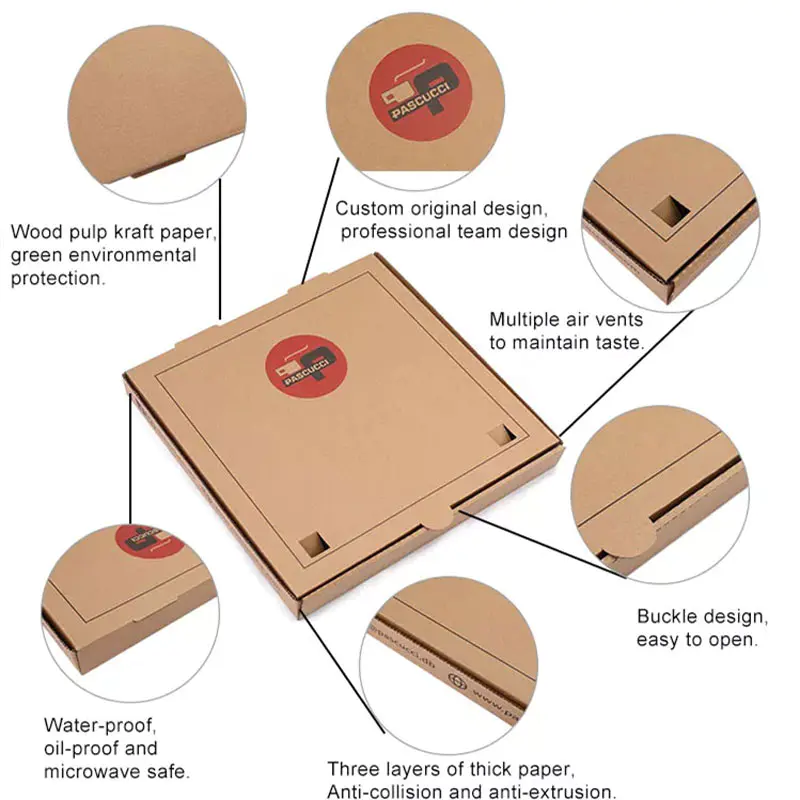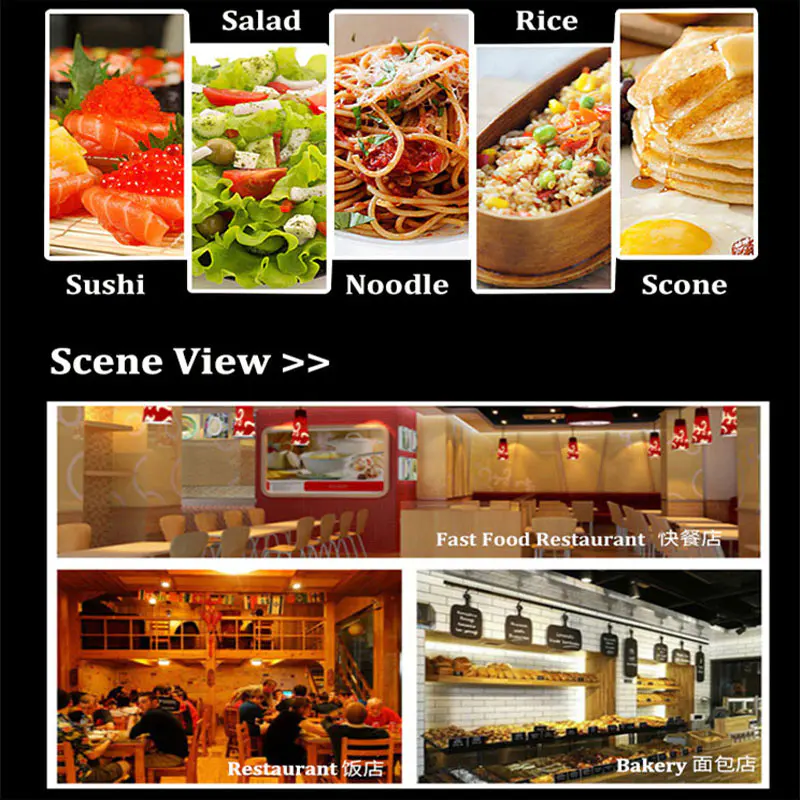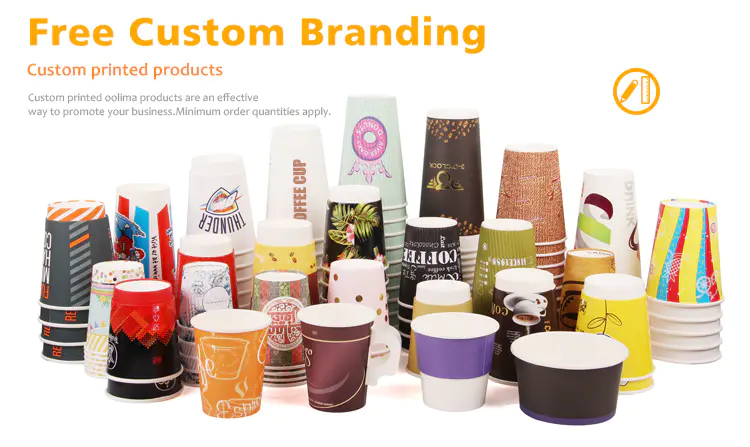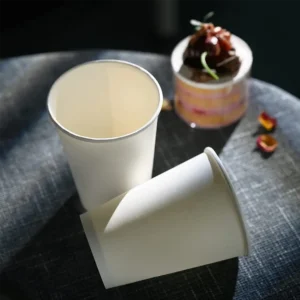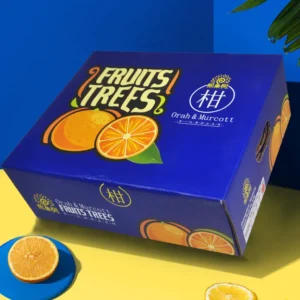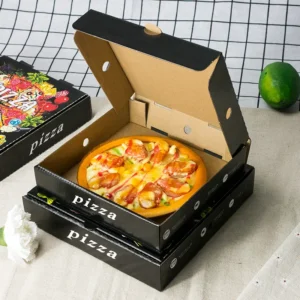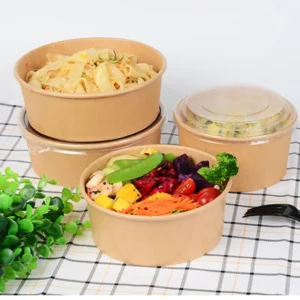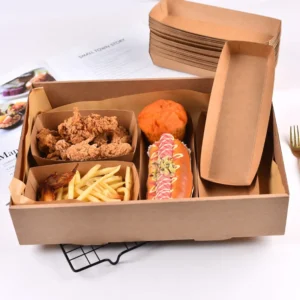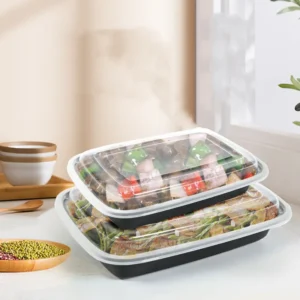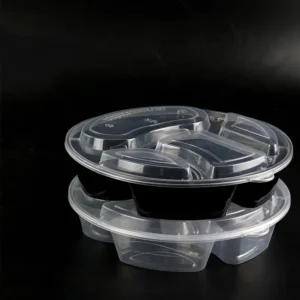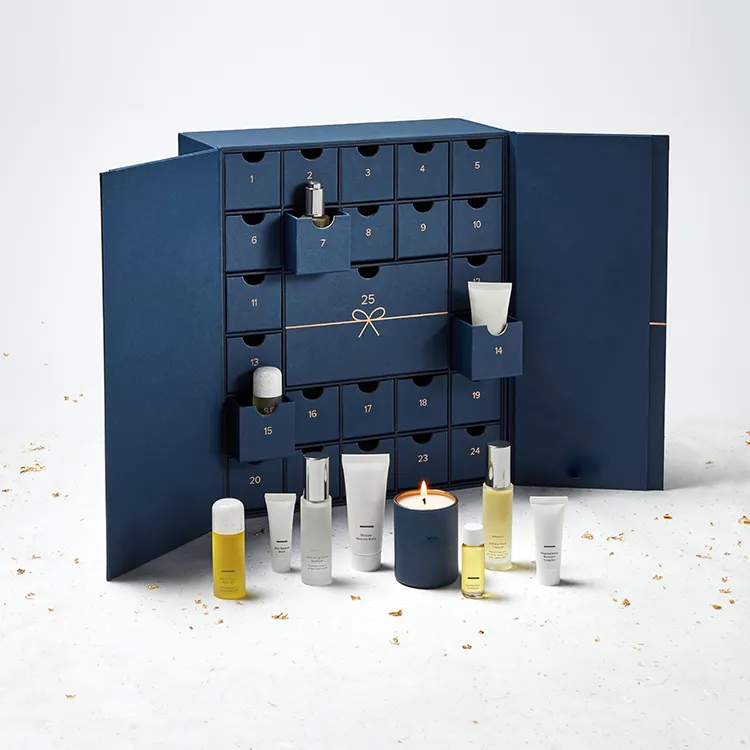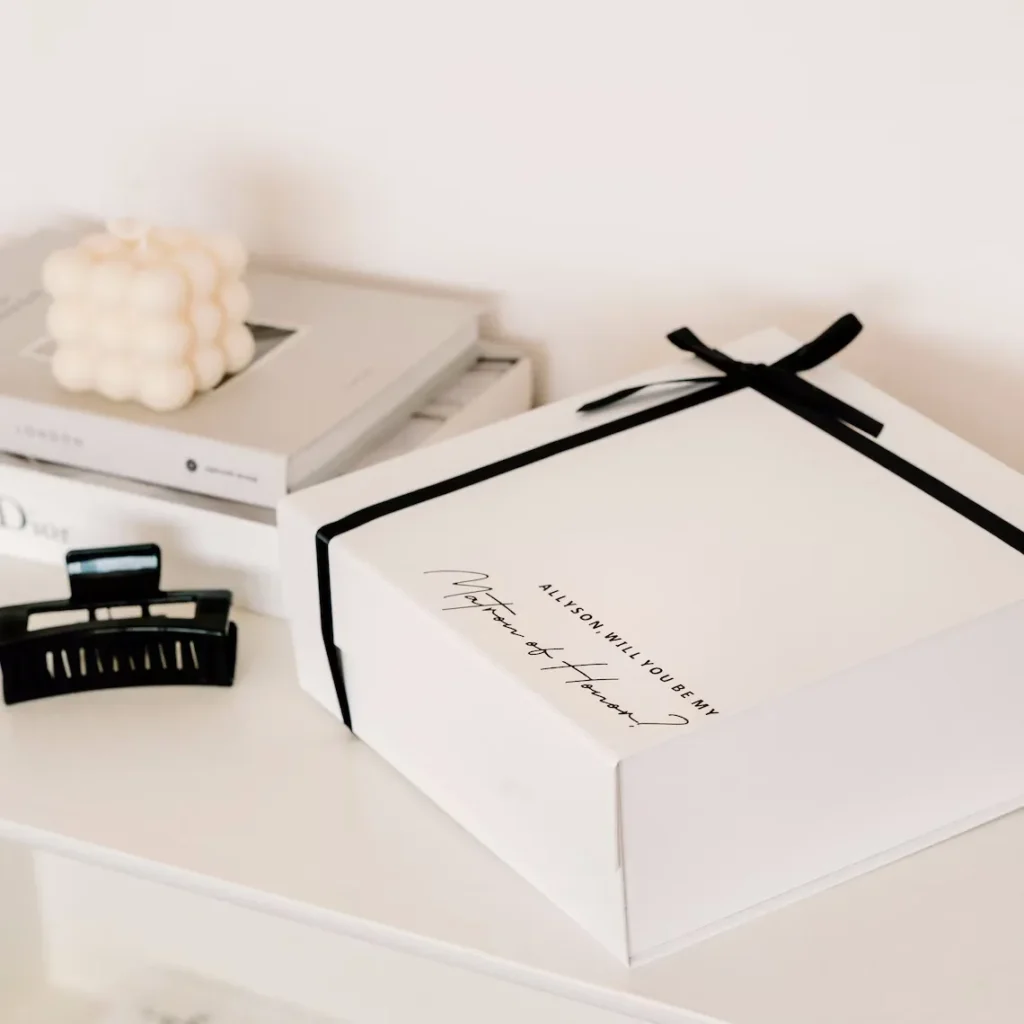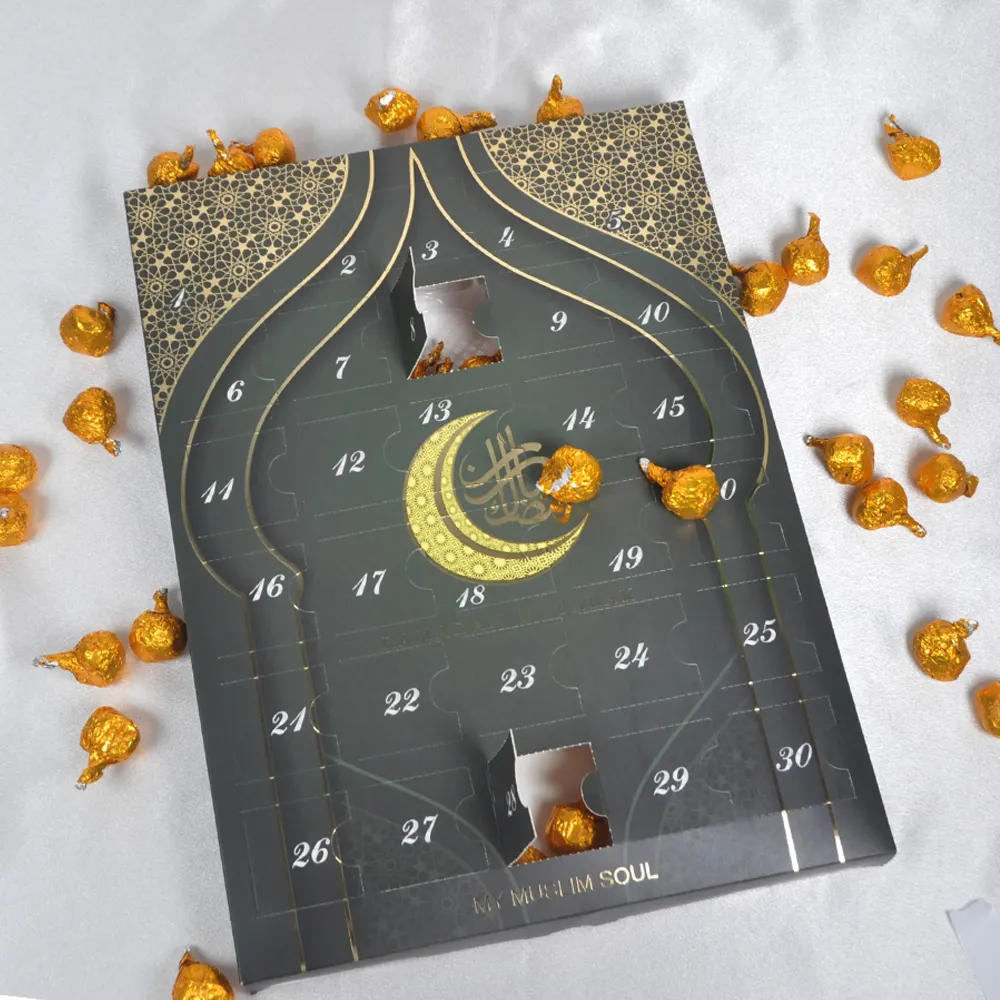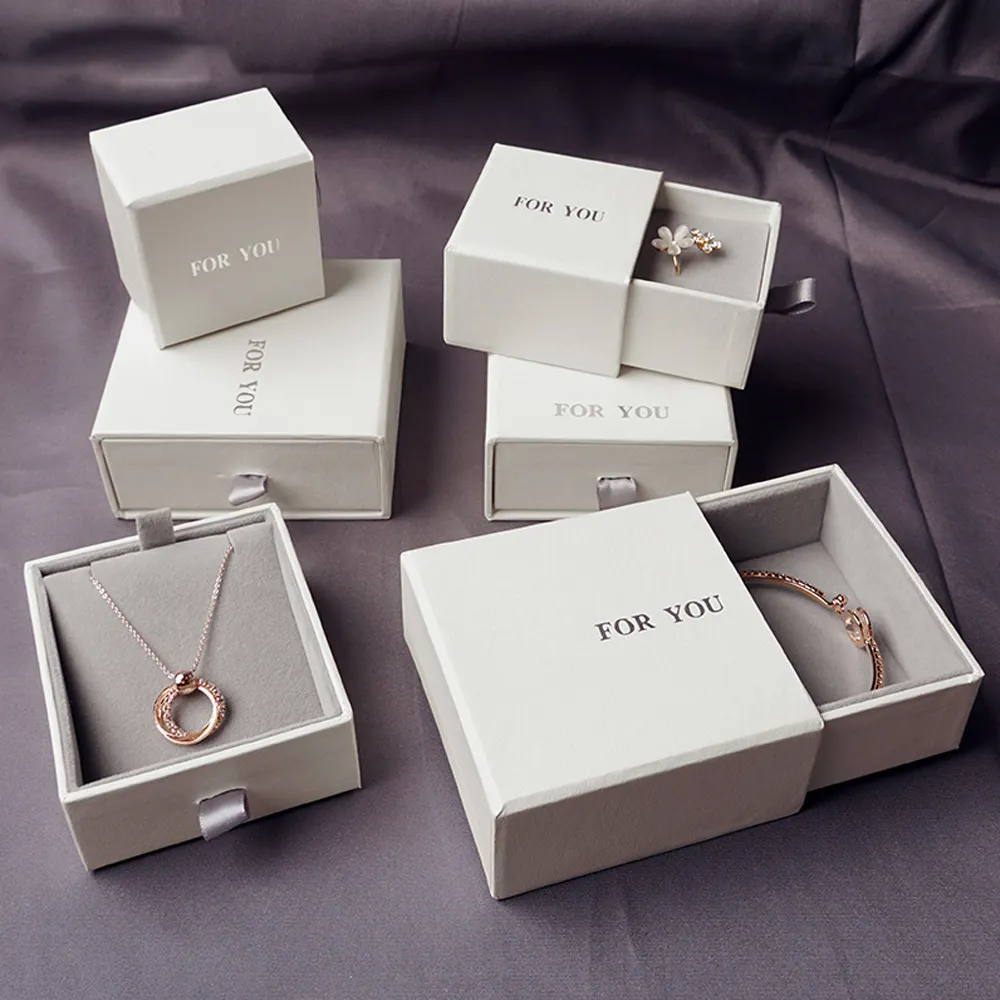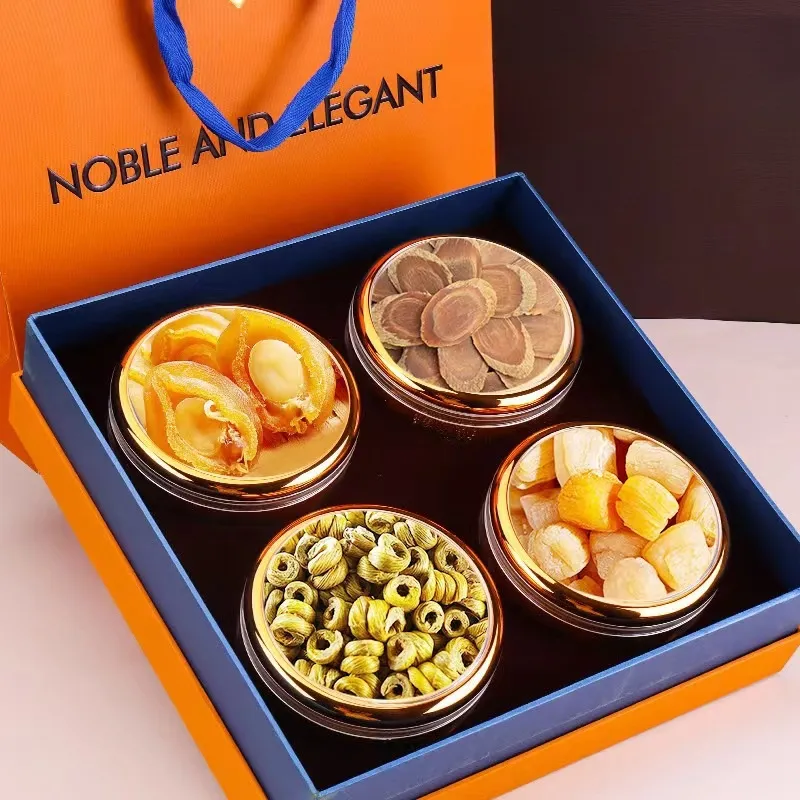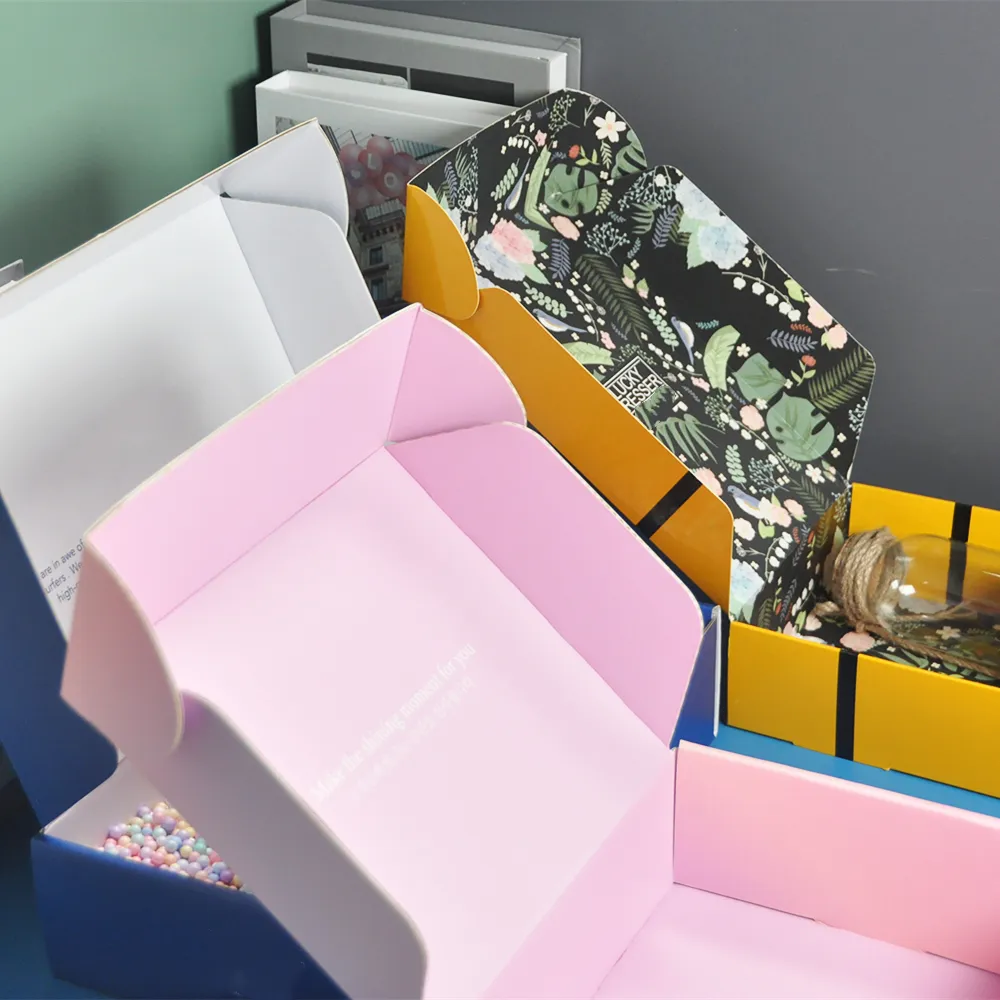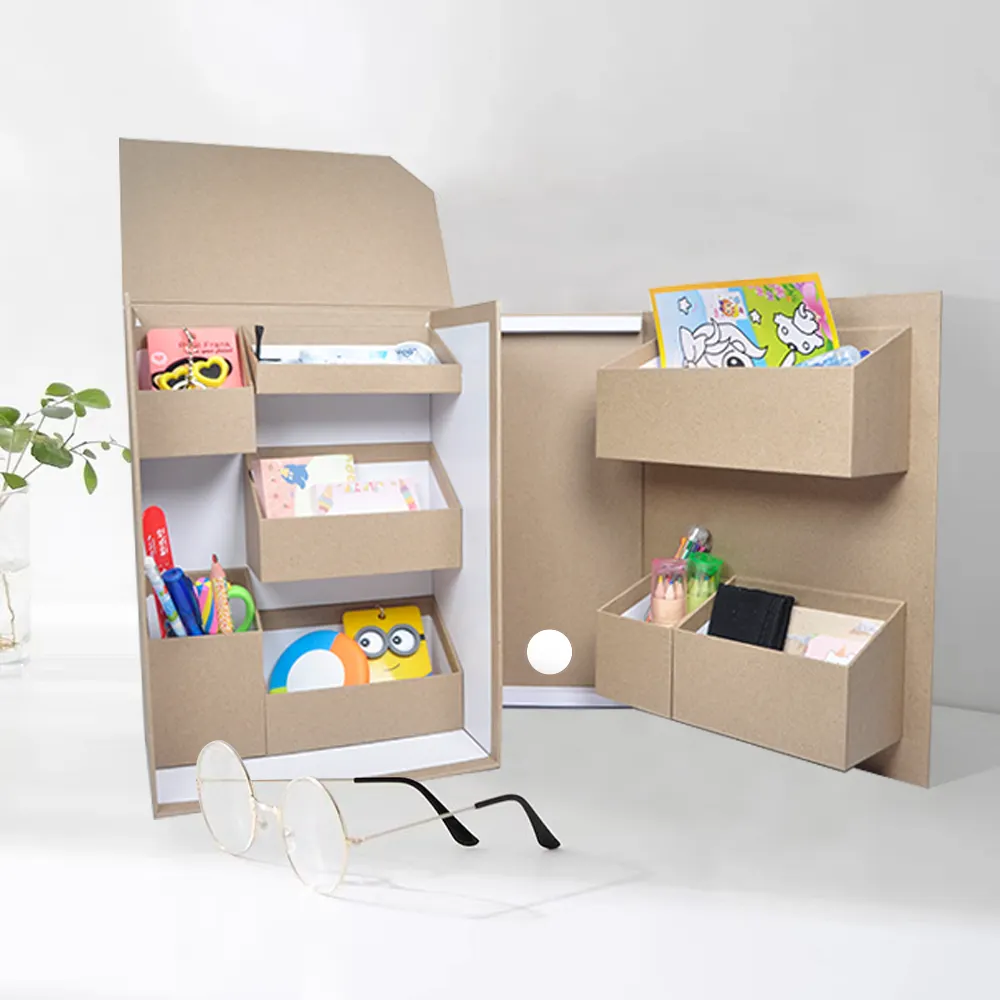About Food Packaging Box
Welcome to our Food Packaging wonderland!👏
Explore our exquisite Food Packaging products and experience the joy and surprises every day!
Shinelee provides a variety of Food Packaging solutions, focusing on quality and customization to meet the specific requirements of different food products. They offer materials that ensure freshness and safety, including food-grade cardboard and plastic. For customized packaging, Shinelee allows you to choose colors, designs, and finishes that reflect your brand and enhance the product’s appeal.
Food Packaging
Showing 1–8 of 16 results
-

【 Food Packaging 】 – 8oz/12oz/16oz/20oz/24oz cold/hot drink paper cup
Read more -

【 Food Packaging 】 – Cardboard Fruit Carton Packaging Box
Read more -

【 Food Packaging 】 – Custom Food Grade 7/9/10 Inch Pizza Box
Read more -

【 Food Packaging 】 – Customized Disposable Bagasse Tableware
Read more -

【 Food Packaging 】 – Disposable Kraft Paper Salad Bowl with Lid
Read more -

【 Food Packaging 】 – Disposable Paper Container Food Packaging
Read more -

【 Food Packaging 】 – Disposable Plastic Food Packaging Box
Read more -

【 Food Packaging 】 – Disposable Round Lunch Box with PP Cover
Read more
Our commonly used carton packaging
Carton packaging is widely used across various industries due to its versatility, durability, and eco-friendliness. Here are some industries that commonly use carton packaging:
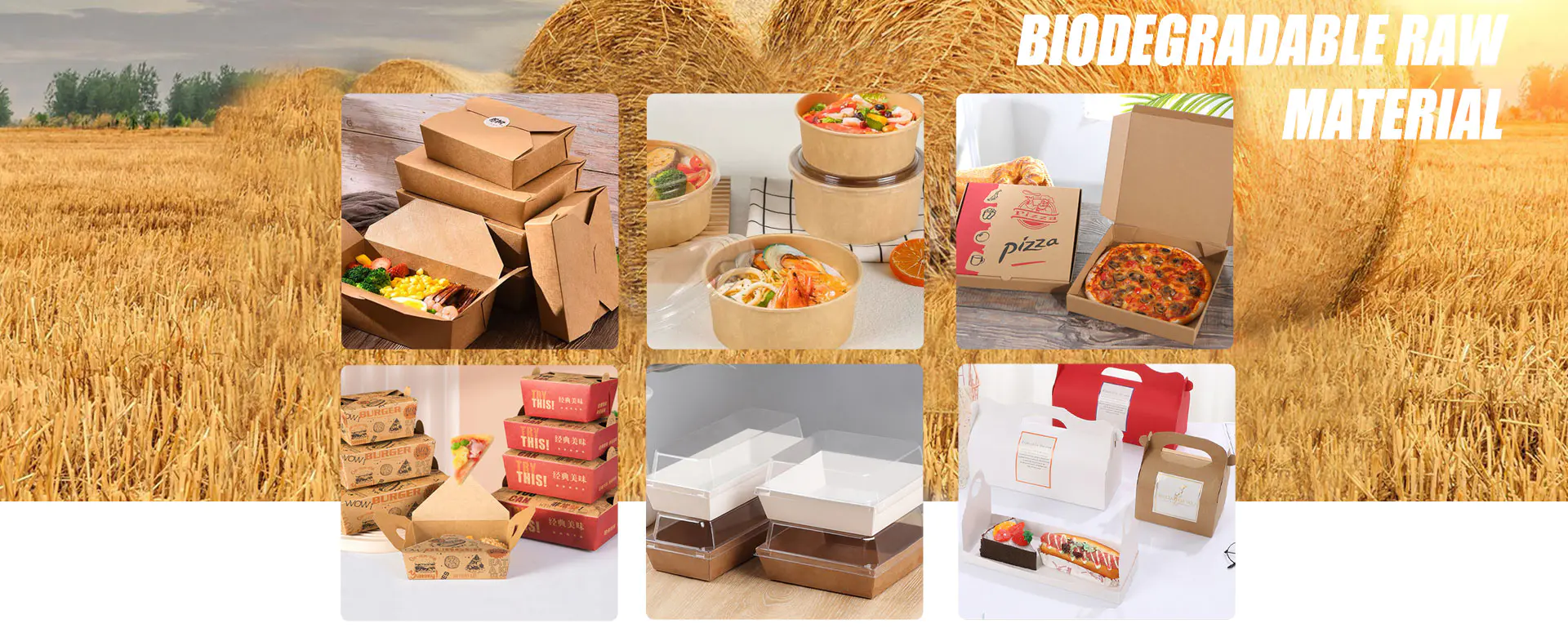
Best Quality
Creative Design
Eco Friendly

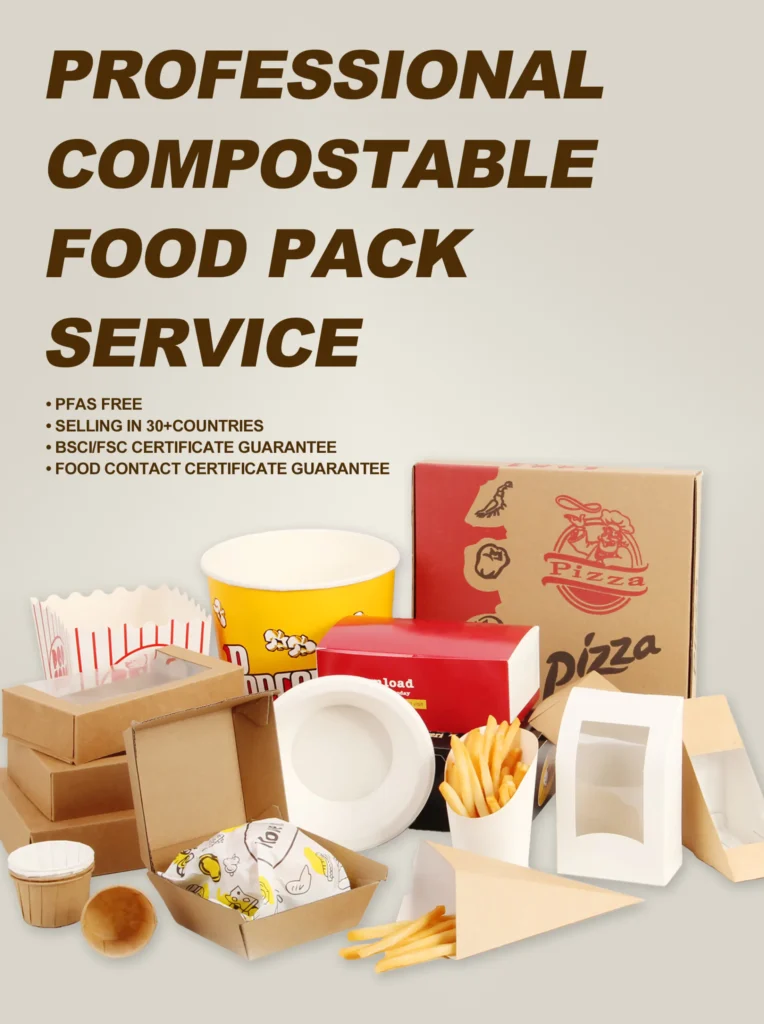
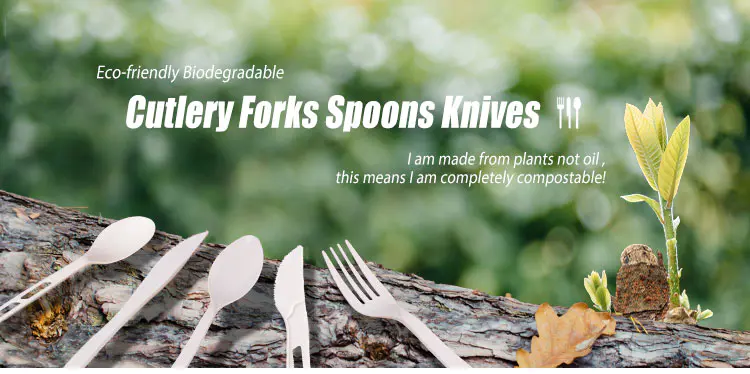
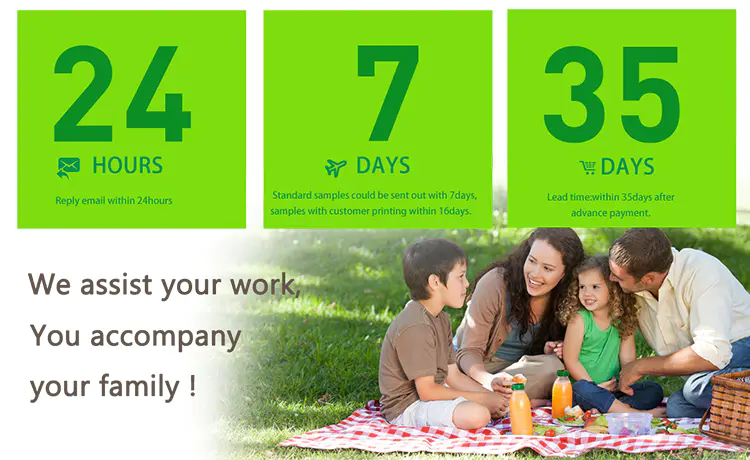
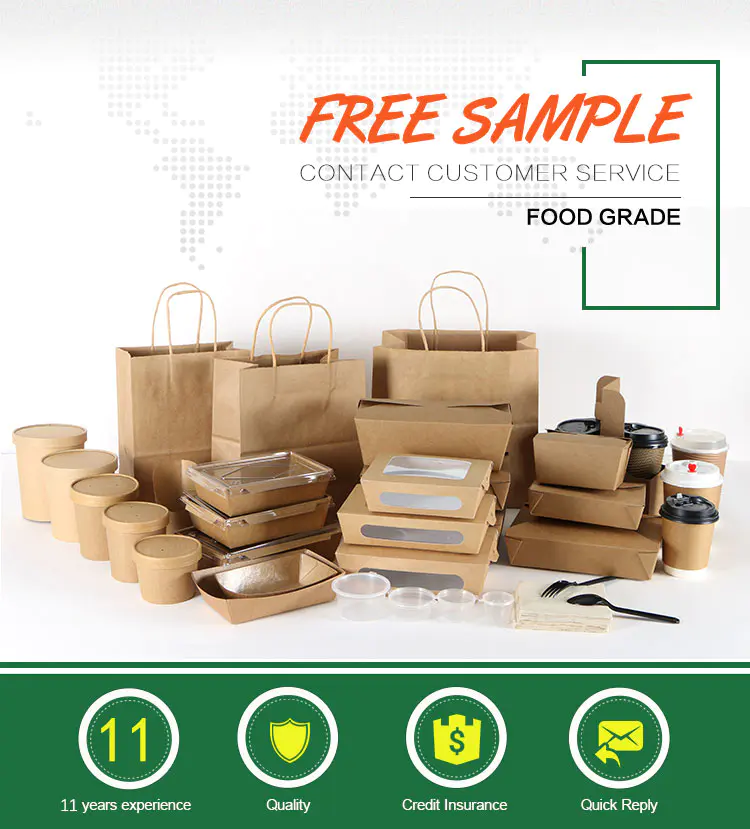
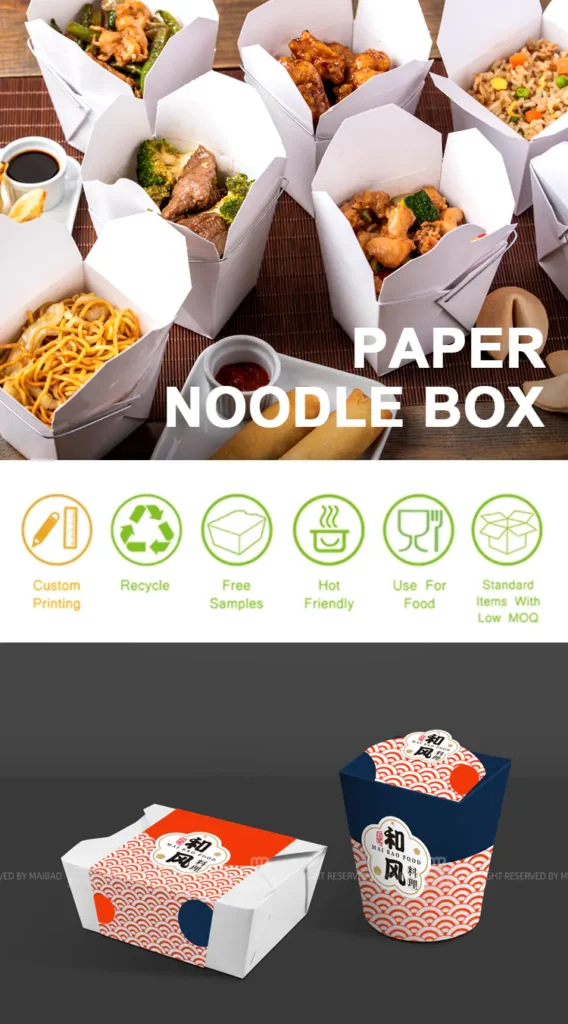
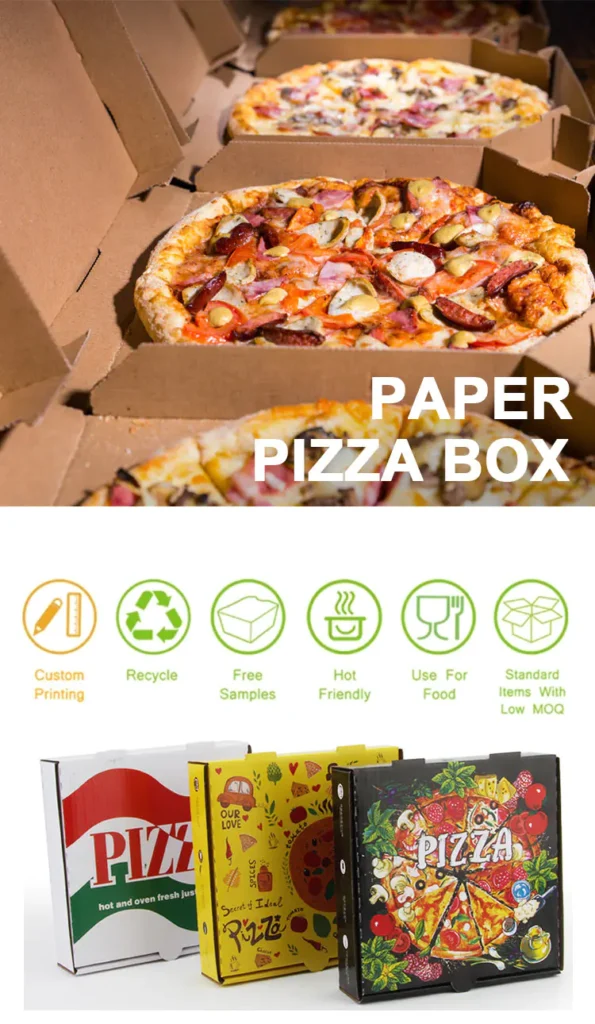
- Design Packaging
- High quality Materials
- Food Grade
- 100% recyclable
Advantage 1:Make sample in the shortest possible time
Advantage 2:Integration of industry and trade,preferential price
Size/Color/Logo:Can be customized
Quality guarantee:Value-Added Services provided, third party Inspection
Production date guarantee:Max 5% off if postpone
Delivery guarantee:ON TIME delivery rate 99.5%
OEM/ODM:Accept
About US
One stop solution provider for high-quality packaging manufacturing
Shinelee Package was established in 2011 and is located inGuangzhou, enjoying convenient transportation and beautifulenvironment. Our company covers an area of 12000 square metersand has 150 employees. We are specialized in Printing andPackaging. Our company has rich experience in the Packageindustry. Our main products include Organizer Box,Package Box,Paper Bag,Kids Book,Package Label. We cooperated withDisney,Lidl,Dinova,UEFA,DS etc. We are familiar with super marketand FBA seller’s requirement.
Besides, we are making great efforts to develop new products tomeet different requirements. We have advanced printing andpackaging production equipment, 9 colors and 6 colors printingmachine,automatic lamination machine,automatic foilmachine,automatic die-cut machine etc, and we have a 12000square meters dust-free workshop, strict quality control system andperfect service system.We provide OEM and ODM service.We warmly welcome customers from at home and abroad tocooperate with us for common success.
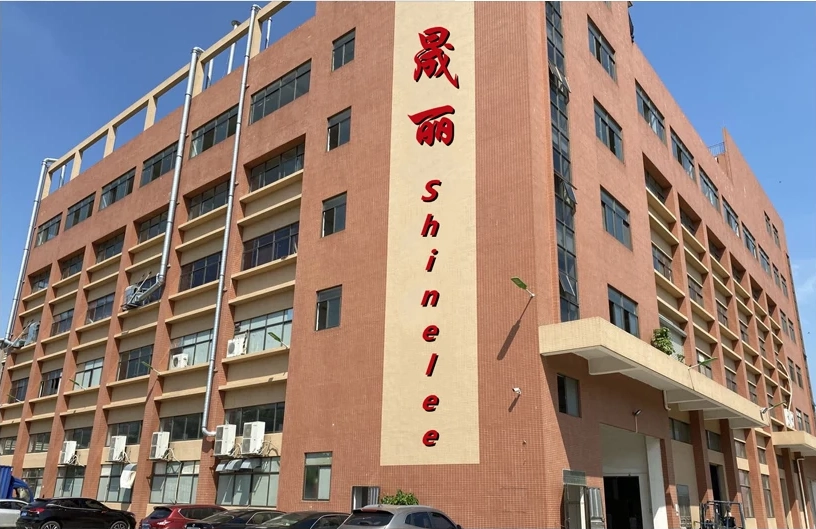

High-quality
Whole process
quality control

A dvancedequipment
fully automatic
production line

Excellent team
Years of customization
experience

Fast delivery
Strong production
capacity
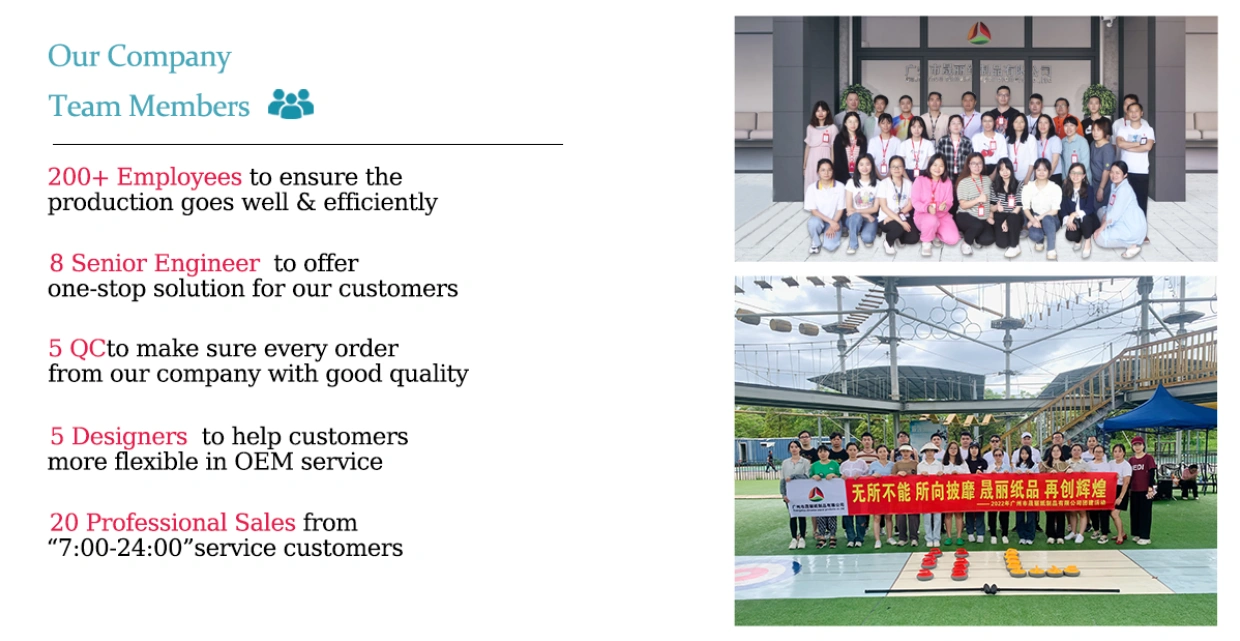
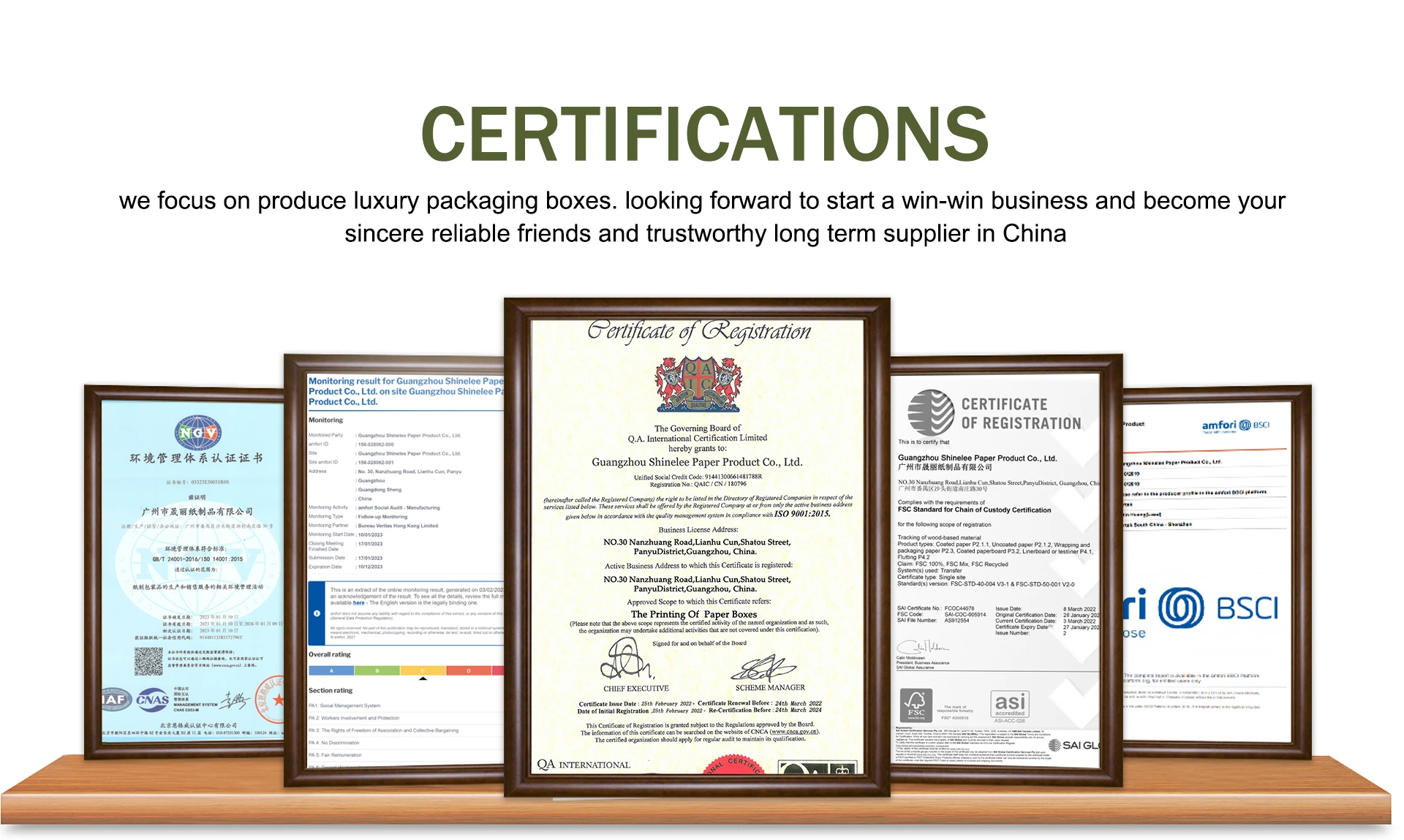
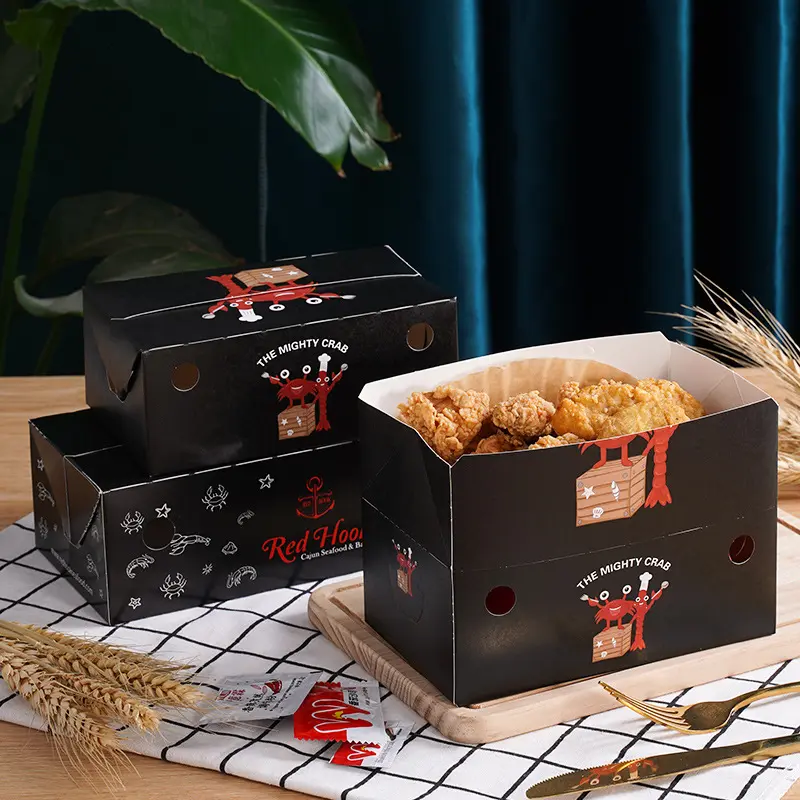
Food Packaging Box Meaning
A food packaging box refers to a container specifically designed for storing, protecting, and presenting food items. Its primary functions include preserving the freshness and quality of the food, ensuring safe transport, and providing an appealing display for customers. These boxes are often made from food-safe materials like cardboard, paperboard, plastic, or biodegradable alternatives, and may feature special coatings or barriers to prevent contamination or moisture absorption. Food packaging boxes can be customized with branding, logos, and other designs to enhance the product’s marketability and meet regulatory requirements for food safety.
Customization of Food Packaging
Customization of food packaging involves tailoring the design, materials, and features of packaging to meet specific needs and preferences for food products. Here are key aspects of customization:
Design and Branding
Custom designs can include logos, colors, graphics, and text that reflect the brand identity and attract consumers. Effective branding helps differentiate the product on the shelf and can enhance customer recognition and loyalty.
Material Choices
Customization allows you to select materials that suit the food product’s requirements. Options include food-grade cardboard, plastic, glass, or biodegradable materials. The choice of material impacts the packaging’s durability, safety, and environmental footprint.
Functionality
Incorporate features like resealable closures, easy-open tabs, or microwave-safe materials based on the food product’s needs. Functional design elements enhance convenience for consumers and improve the usability of the packaging.
Size and Shape
Tailor the size and shape of the packaging to fit the food product precisely. This ensures a snug fit, reducing movement and potential damage during transport. Unique shapes can also make the product stand out.
Protective Features
Customize packaging to include barriers or linings that protect against moisture, light, or oxygen, which can affect food quality. This is especially important for perishable or sensitive items.
Eco-Friendly Options
Choose sustainable materials and processes if environmental impact is a concern. Customization can include biodegradable materials, recyclable designs, or reduced packaging waste.
Regulatory Compliance
Ensure that the custom packaging meets food safety regulations and standards. This includes using materials approved for food contact and incorporating any necessary labeling or nutritional information.
Interactive Elements
Add features like QR codes, augmented reality, or unique packaging designs that engage consumers and provide additional product information or marketing content.
Production and Cost
Consider the cost implications of custom packaging, including setup, production, and bulk order pricing. Work with a supplier to balance customization with your budget and production needs.
By customizing food packaging, you can enhance the product’s appeal, ensure its protection, and effectively communicate your brand’s identity to consumers.
Food Packaging Benefits
Food packaging offers numerous benefits, essential for preserving the quality, safety, and appeal of food products. Here are the key advantages:
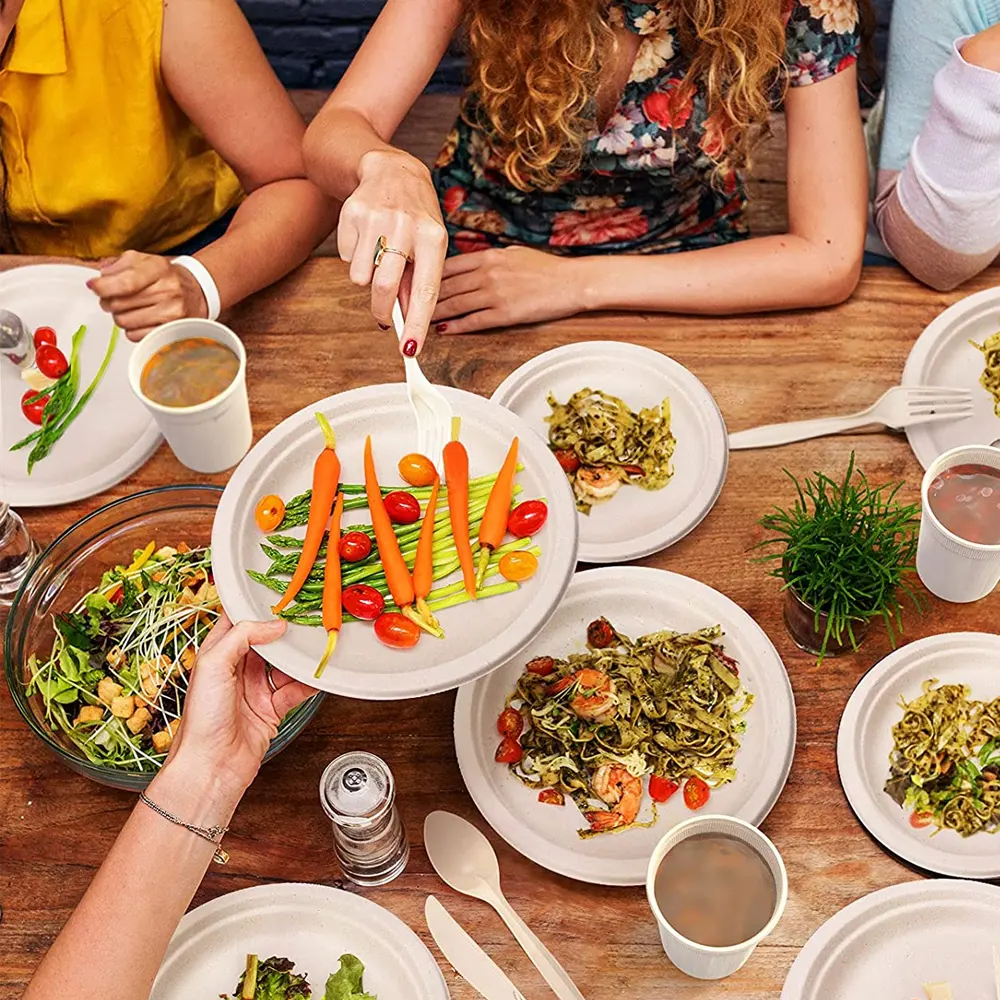
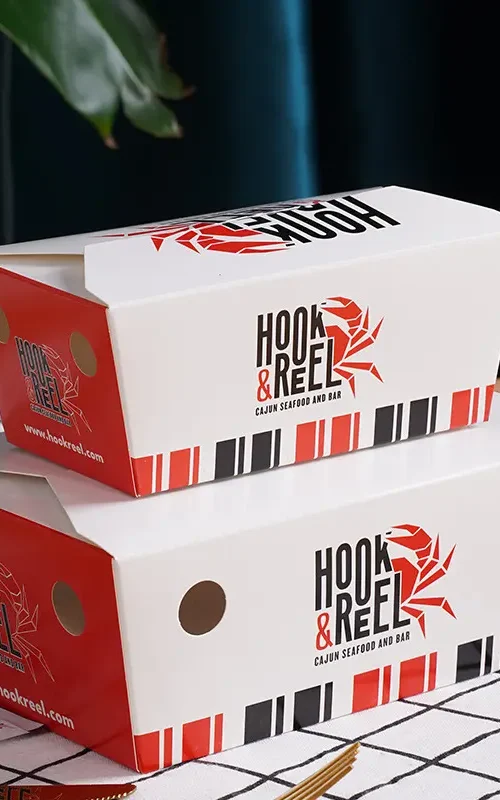
Branding and Marketing
Well-designed packaging serves as a marketing tool by making the product visually appealing and conveying brand identity. Custom graphics, logos, and messaging can help attract consumers and differentiate the product on the shelf.
Preservation
Proper packaging helps maintain the taste, texture, and nutritional value of food, ensuring it stays fresh from production to consumption. Vacuum-sealed or air-tight options can prevent spoilage.
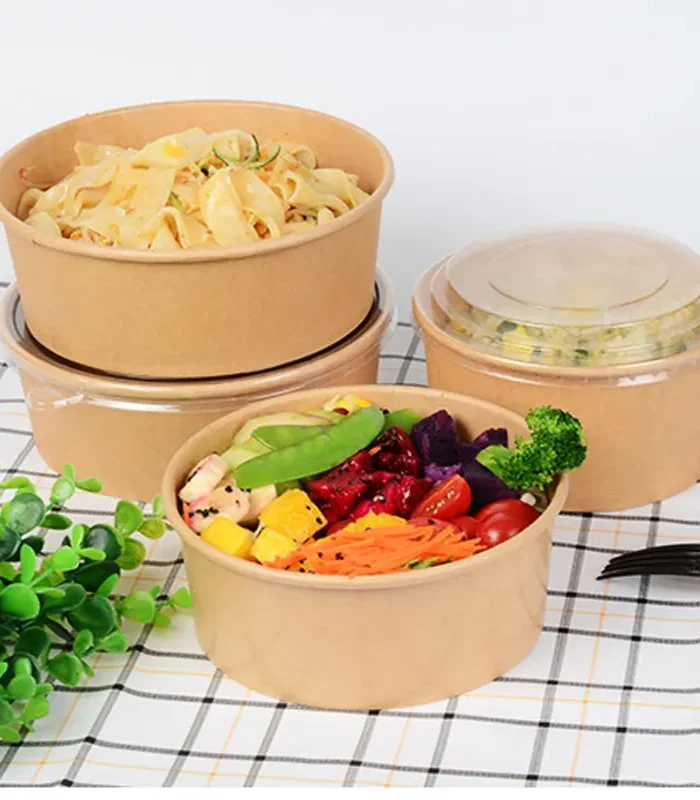
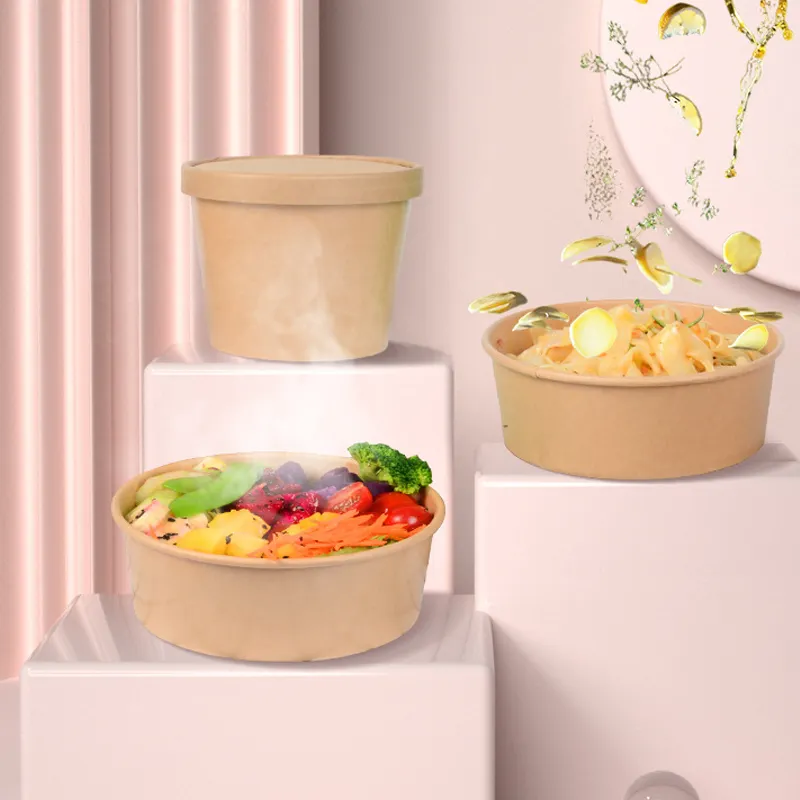
Convenience
Food packaging makes storage, handling, and transportation easier. Features like resealable bags, microwave-safe containers, or easy-to-open tabs improve consumer convenience.
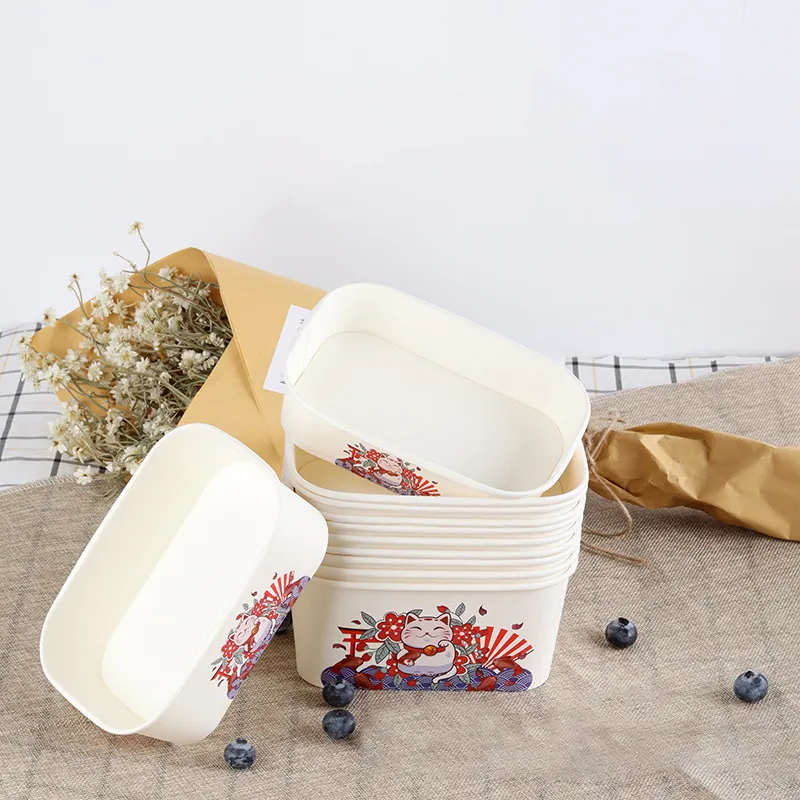
Portion Control
Packaging allows for portioned servings, reducing food waste by providing just the right amount of product per package, which is especially beneficial for snacks or ready-to-eat meals.
Protection
Packaging safeguards food from physical damage, contamination, and environmental factors such as moisture, light, and air, preserving its freshness and extending shelf life.
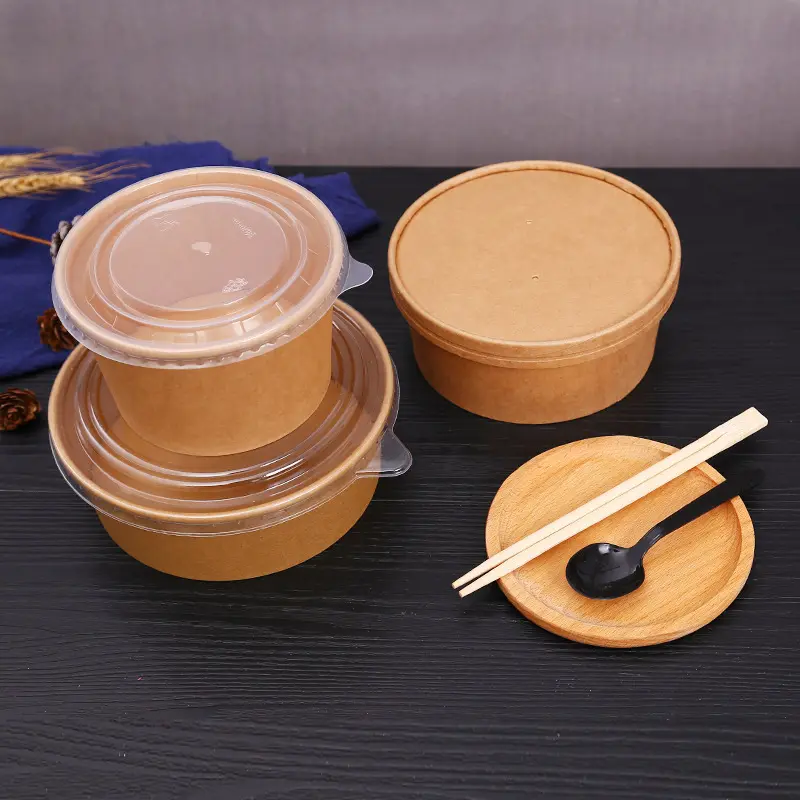
Information
Packaging provides important product information such as ingredients, nutritional facts, expiration dates, and usage instructions, helping consumers make informed choices.
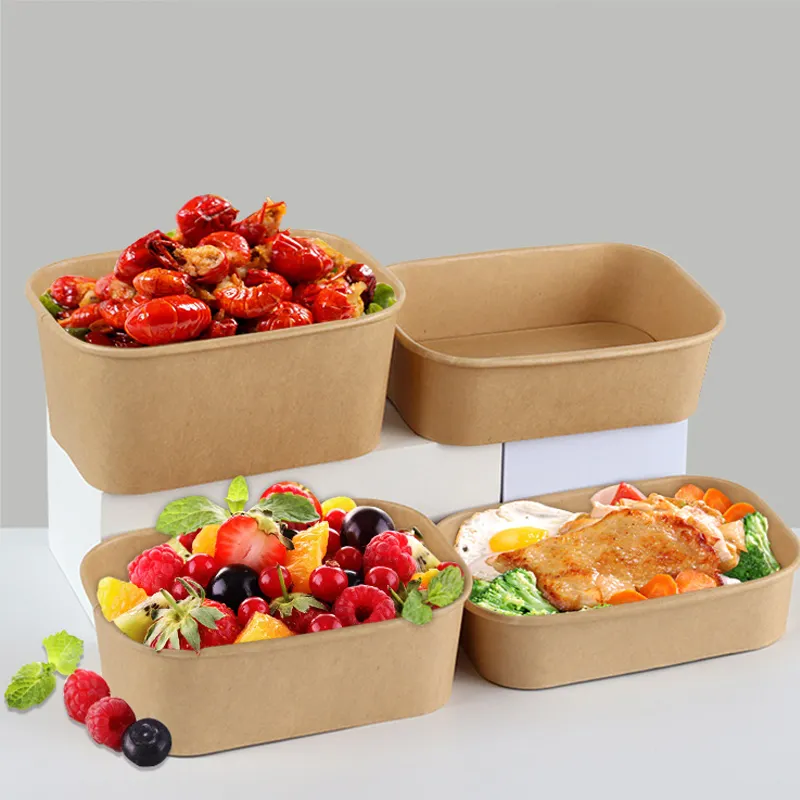
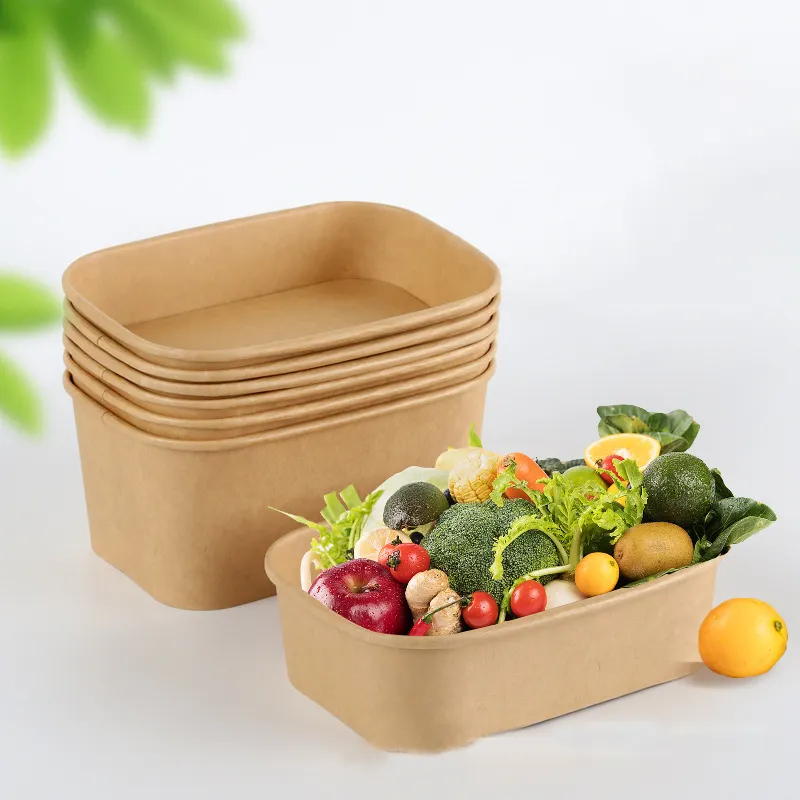
Safety and Hygiene
Packaging protects food from bacteria, dirt, and other contaminants during transport and storage. It also ensures food is handled hygienically, minimizing the risk of foodborne illnesses.
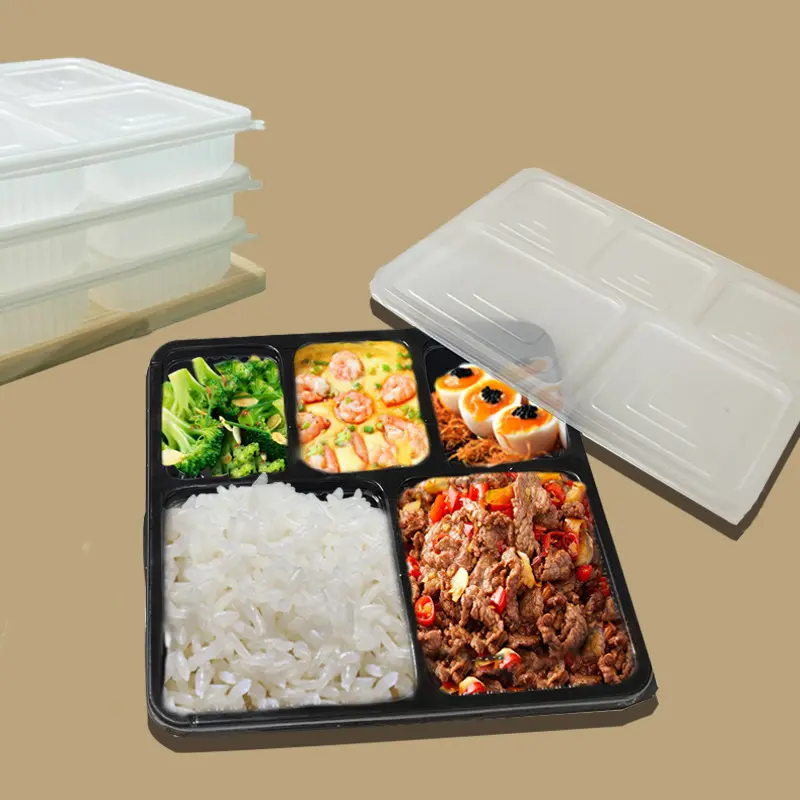
Sustainability
With eco-friendly materials, packaging can reduce environmental impact, offering recyclable or biodegradable options that meet the growing demand for sustainable products.
Shelf Life Extension
Advanced packaging technologies, like modified atmosphere packaging (MAP) or vacuum sealing, help extend the shelf life of perishable products by controlling the internal environment.
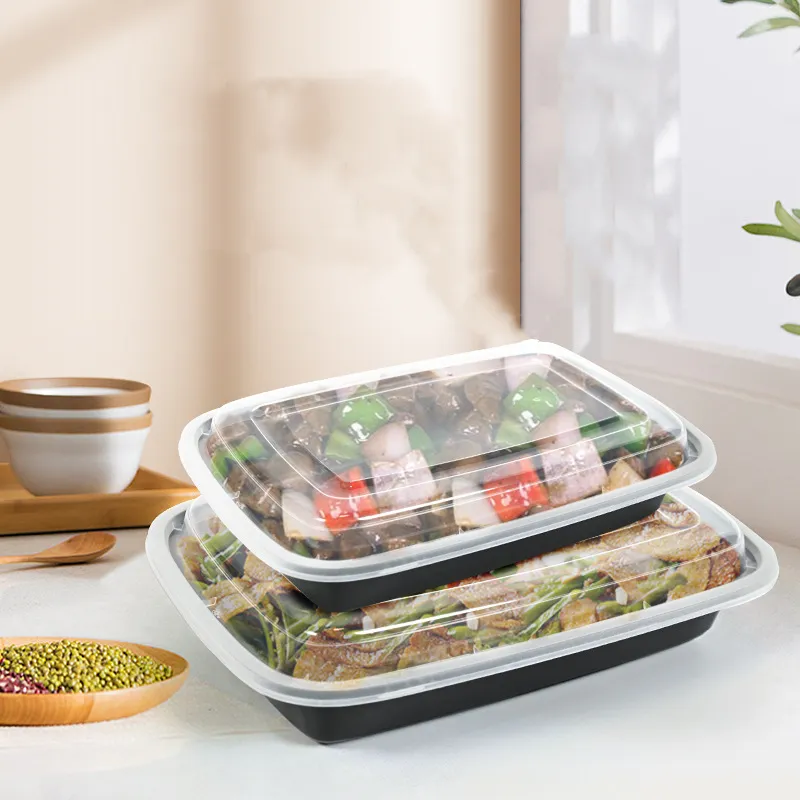
Portability
Packaging makes food more portable, allowing consumers to take meals or snacks on the go. This is especially important for modern lifestyles that demand quick and easy access to food.
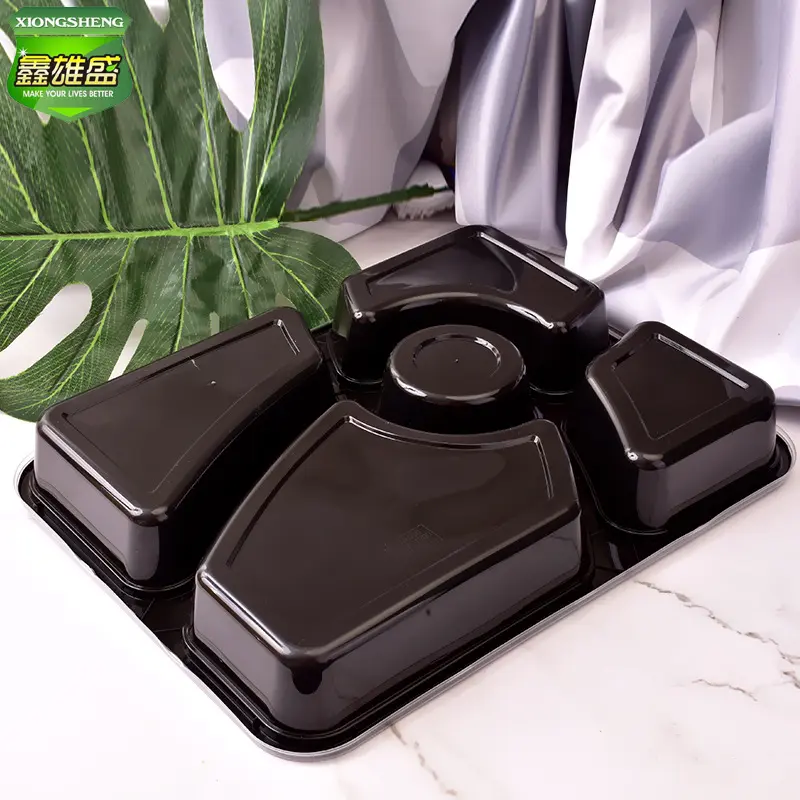
Food Packaging Trends
Current trends in food packaging reflect evolving consumer preferences, technological advancements, and sustainability efforts. Here are some key trends shaping the food packaging industry:
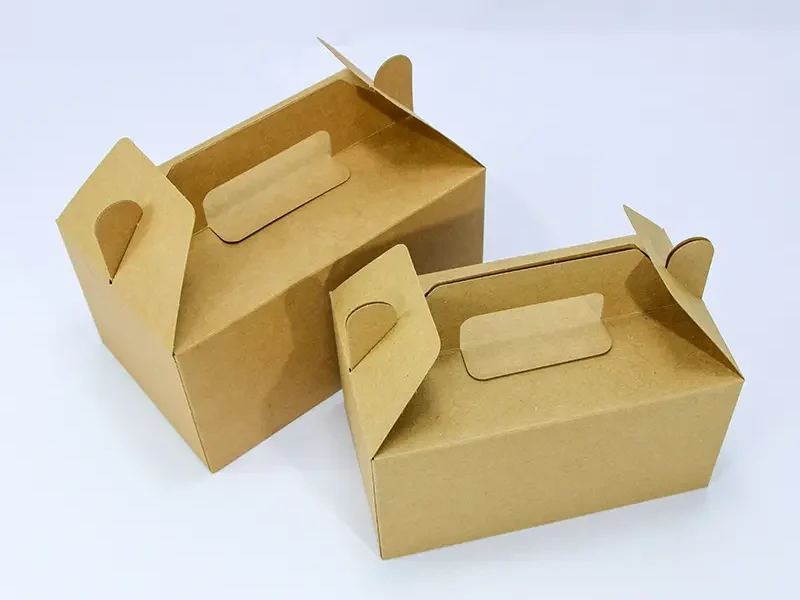
Sustainability
There’s a strong focus on eco-friendly packaging materials, such as biodegradable plastics, recycled paper, and plant-based materials. Companies are also exploring innovations in reducing packaging waste and improving recyclability.
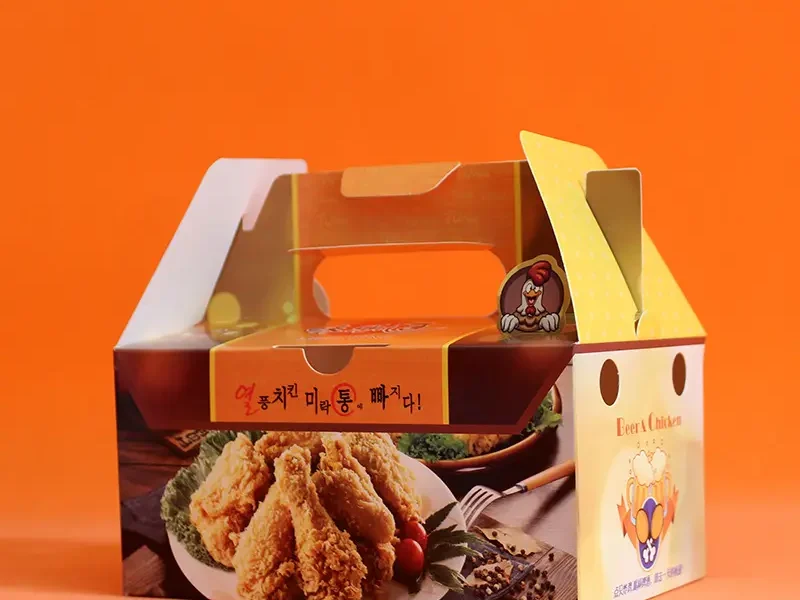
Smart Packaging
The integration of technology into packaging is growing. Smart packaging includes features like QR codes, RFID tags, and NFC technology that provide consumers with detailed product information, track freshness, and enhance safety.
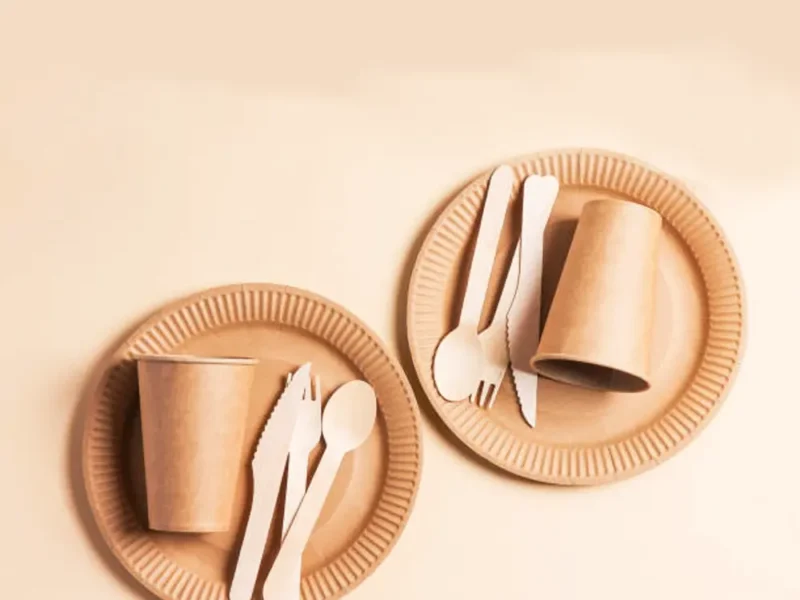
Minimalist Design
Simplicity and clarity in packaging design are popular, emphasizing clean lines and straightforward labels. This trend is driven by a desire for transparency and a more modern, aesthetic look.
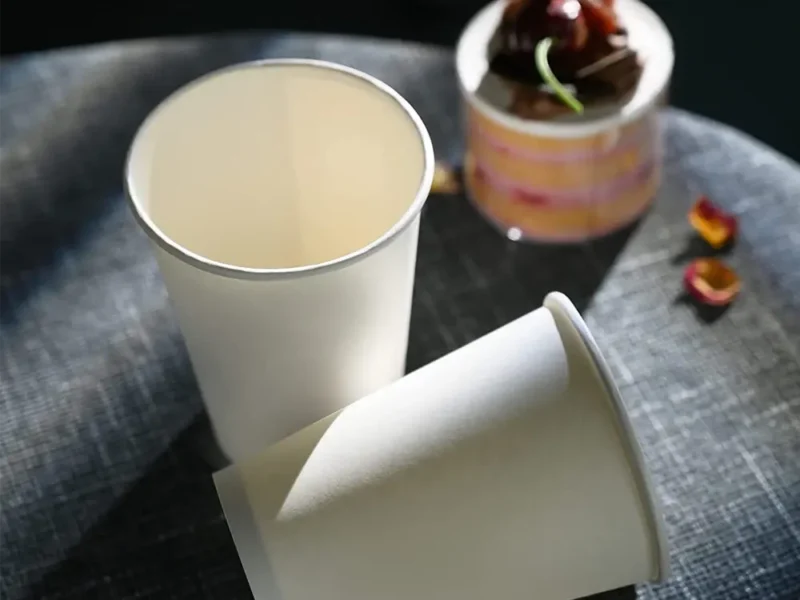
Convenience
Packaging solutions that offer ease of use, such as resealable pouches, single-serve portions, and microwave-safe containers, are in high demand. Convenience packaging aligns with busy lifestyles and on-the-go consumption.
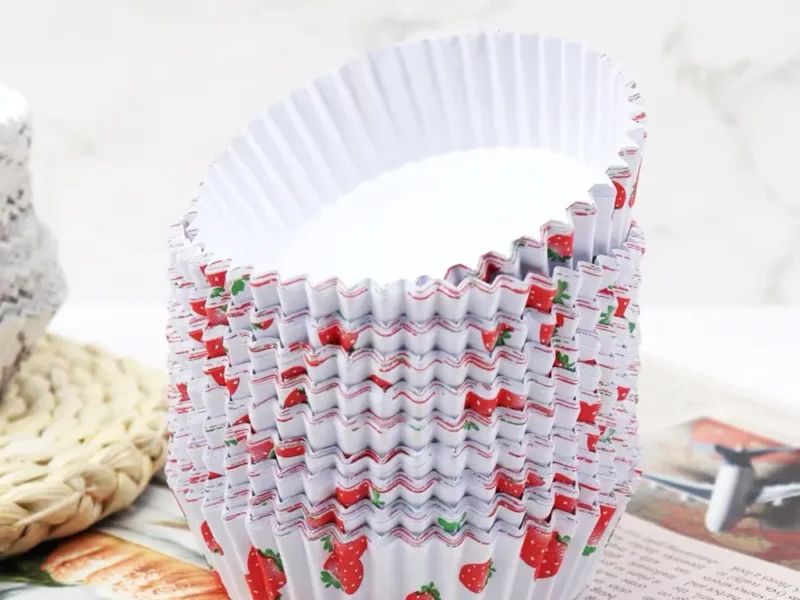
Health and Wellness
Packaging that highlights health benefits, such as nutrient content or organic certification, is increasingly popular. Consumers are looking for clear, honest labeling that supports their health-conscious choices.
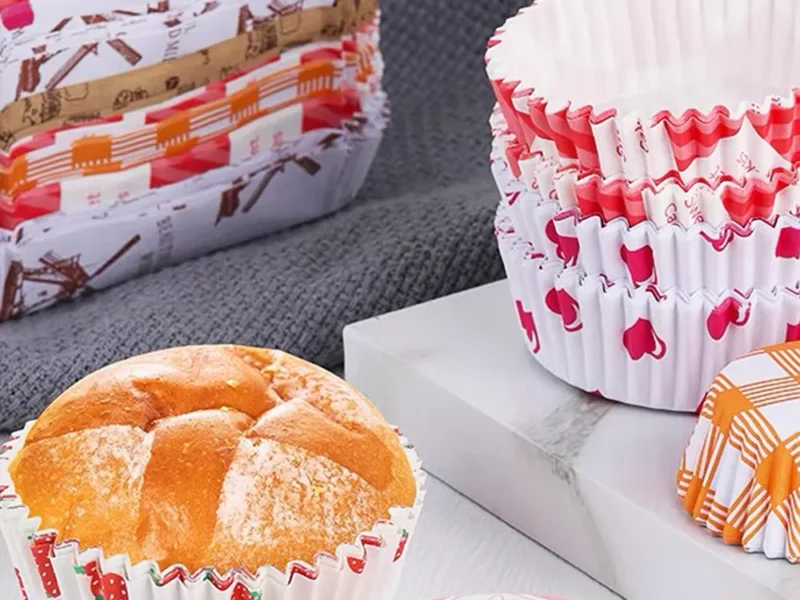
Personalization
Customizable packaging allows brands to create unique experiences for consumers. This can include personalized messages, limited-edition designs, or interactive elements that engage consumers on a personal level.
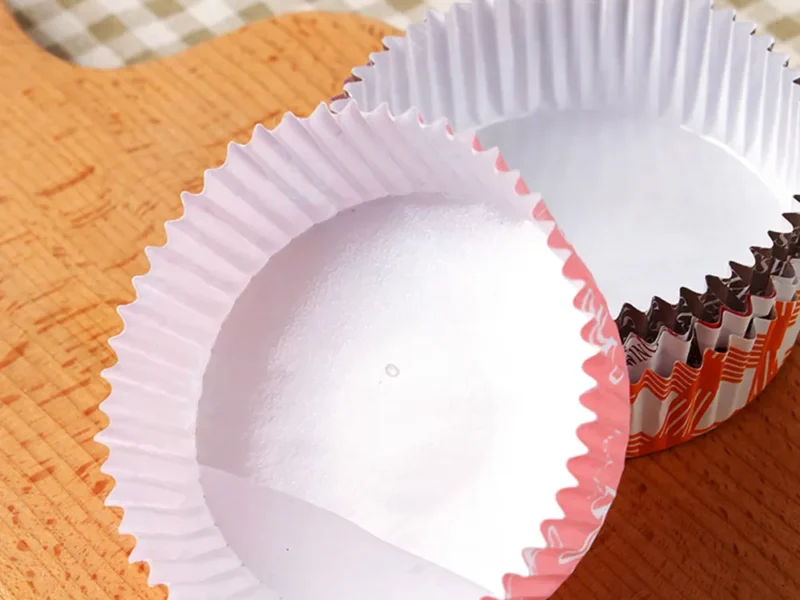
Sustainable Printing
Use of eco-friendly inks and printing processes is on the rise. Brands are adopting water-based or vegetable-based inks and minimizing the environmental impact of printing processes.
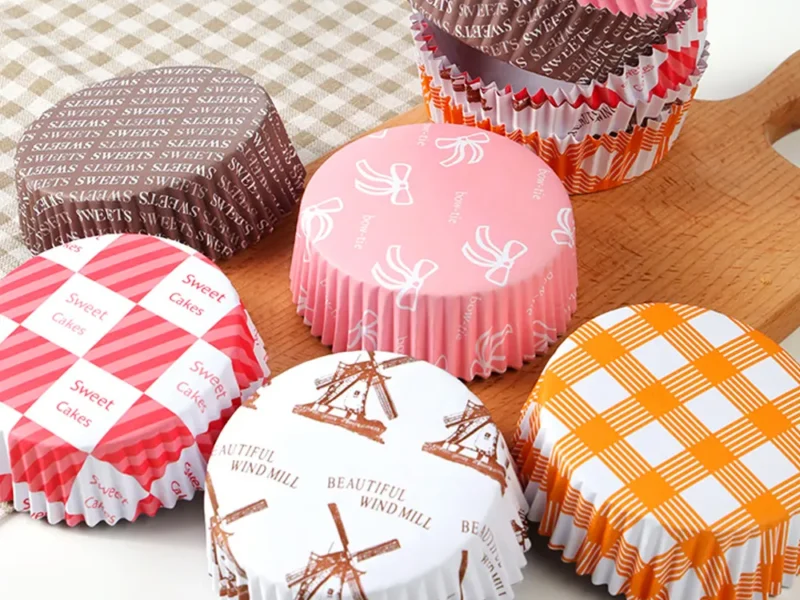
Innovative Materials
There is growing interest in alternative materials such as edible packaging, mushroom-based materials, and algae-derived films. These innovations aim to reduce environmental impact and offer new functional benefits.
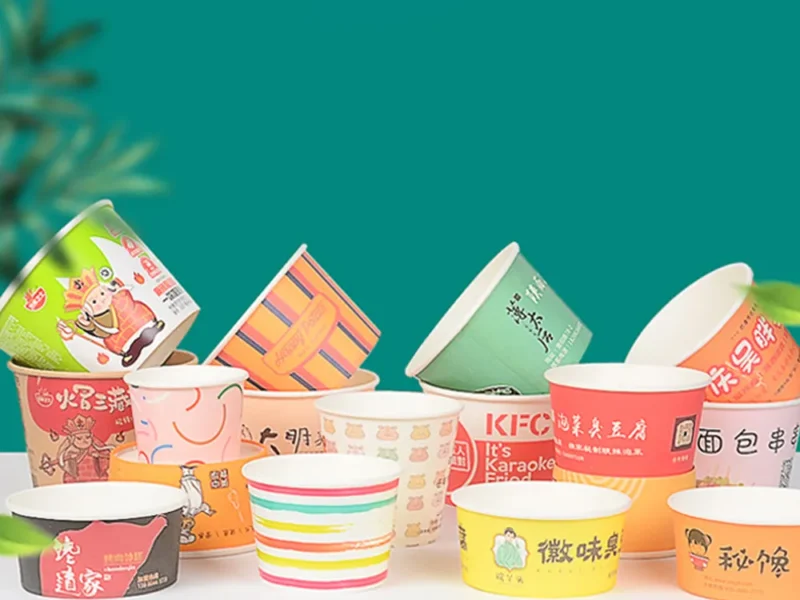
Enhanced Freshness Preservation
Advances in packaging technology, such as modified atmosphere packaging (MAP) and vacuum sealing, are improving the shelf life and freshness of food products, especially perishables.
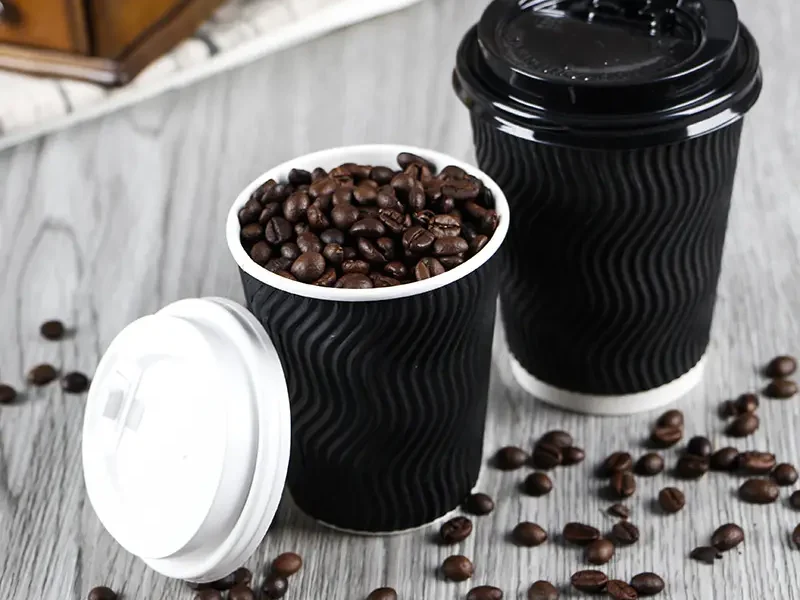
Transparent Packaging
Clear or transparent packaging that allows consumers to see the product inside is gaining popularity. It provides a sense of trust and quality, as consumers can inspect the food before purchase.
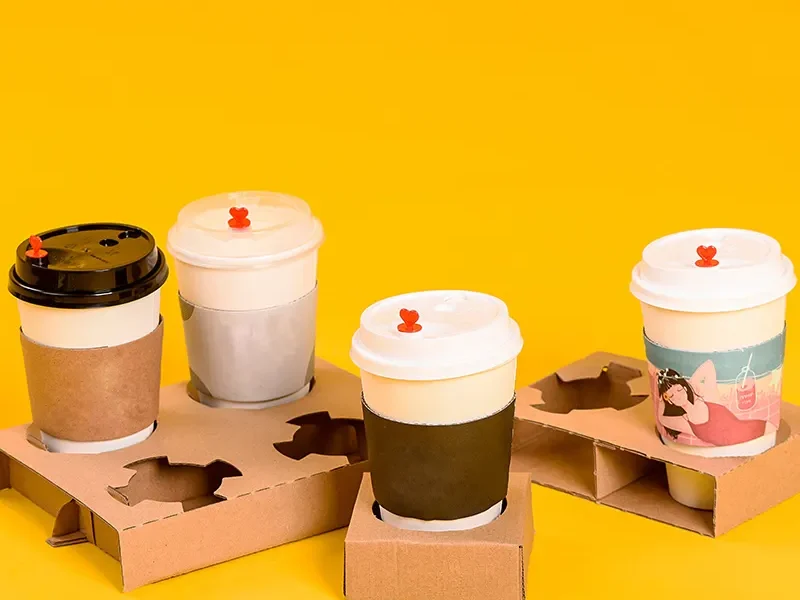
Interactive and Engaging Elements
Incorporating interactive features, such as augmented reality (AR) experiences or gamified packaging, is becoming more common. These elements can enhance consumer engagement and brand loyalty.
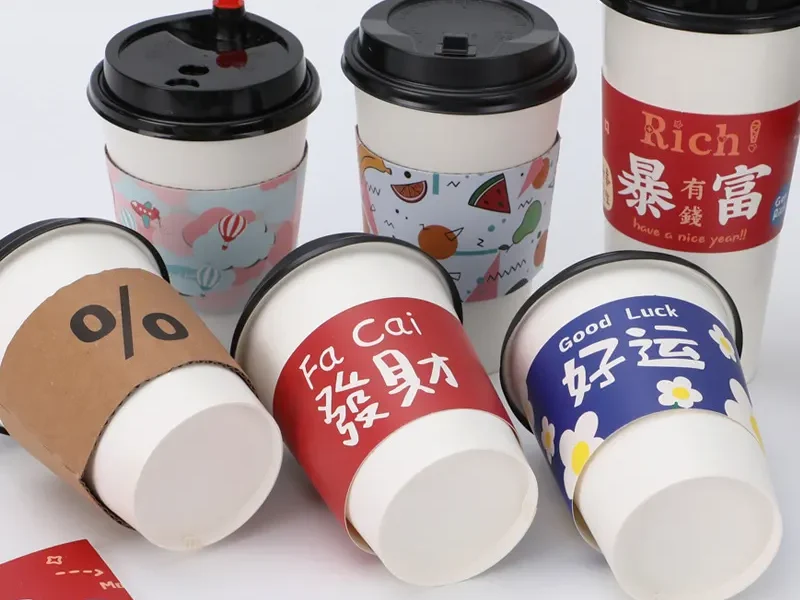
Ethical and Fair Trade Messaging
Packaging that communicates ethical sourcing, fair trade practices, or social responsibility initiatives is increasingly important to consumers who prioritize ethical consumption.
These trends reflect a shift towards more sustainable, functional, and consumer-oriented packaging solutions, driven by evolving preferences and technological advancements in the food industry.
Ordering instructions
When ordering food packaging, it’s important to consider several key factors to ensure that the packaging meets both your product’s needs and customer expectations:
Material Safety
- Ensure the packaging is made from food-grade materials that are safe for direct contact with food. Check if the materials meet regulatory standards, such as FDA or EU guidelines, to prevent contamination.
Durability and Protection
The packaging should protect the food from physical damage, moisture, light, and contamination during storage, transport, and handling. For perishable items, choose packaging that extends freshness, such as air-tight or vacuum-sealed options.
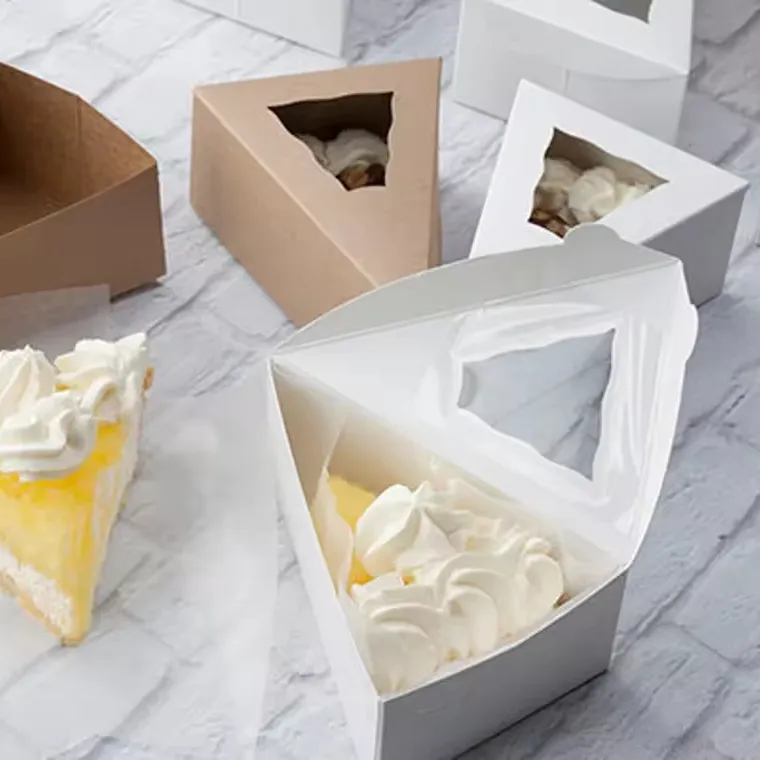
Sustainability
- Look for eco-friendly packaging options, such as biodegradable, compostable, or recyclable materials. As consumers become more eco-conscious, sustainable packaging can be a selling point for your brand.
Cost
- Determine your budget and balance cost with quality. Ordering in bulk can often reduce per-unit costs, but ensure you’re not sacrificing the durability or functionality of the packaging to save money.
Compliance with Regulations
- Make sure the packaging complies with local and international regulations regarding food safety, labeling, and environmental standards, especially if you’re exporting products.
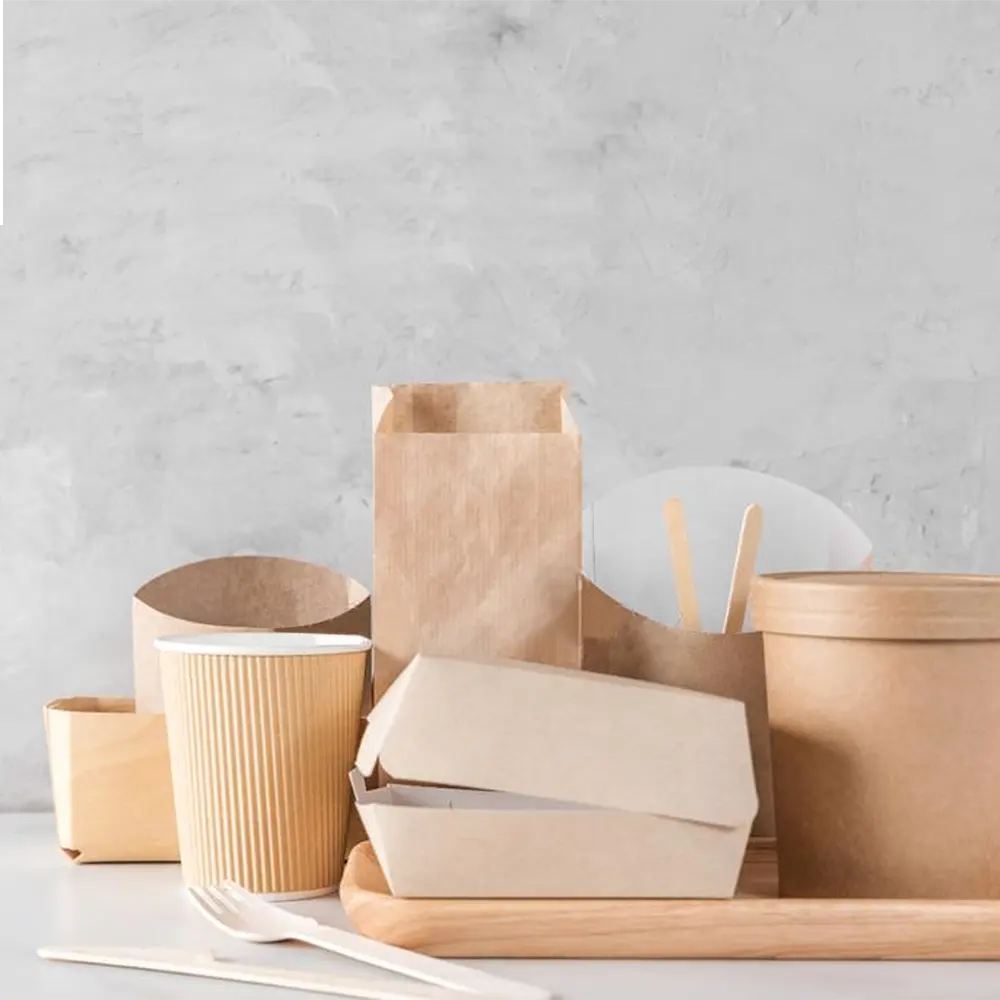
Temperature Requirements
- Consider whether your packaging needs to withstand freezing, heating, or refrigeration. Choose materials that are suitable for the specific temperature needs of your product.
Design for Regulations
- Ensure your packaging leaves space for nutritional information, barcodes, expiration dates, and any legal disclaimers. Proper labeling is important for regulatory compliance and consumer trust.
By paying attention to these factors, you can select food packaging that enhances product safety, preserves freshness, and supports your brand image effectively.
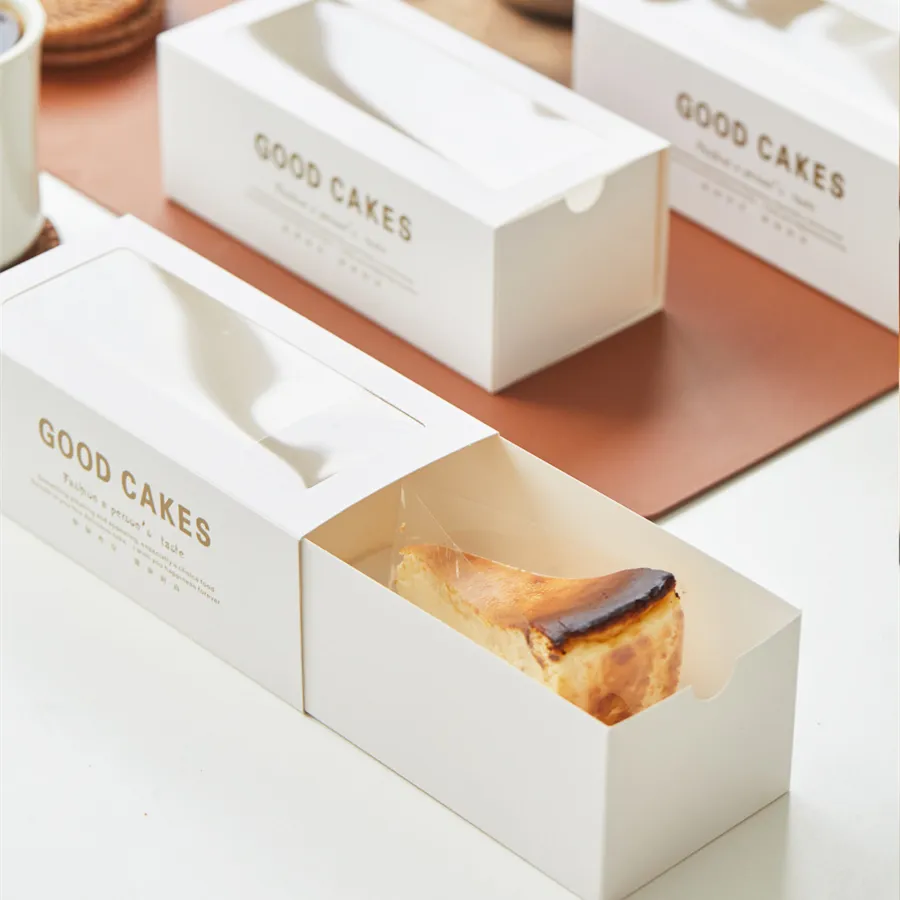
Size and Fit
- Choose packaging that properly fits the food product without too much extra space or being overly tight. The right size minimizes movement inside the packaging and reduces material waste.
Customization and Branding
- Decide whether you need custom designs, logos, or labels to represent your brand. Packaging serves as a marketing tool, so design choices like colors, patterns, and graphics should align with your brand identity.
Functionality
- Consider features such as resealable closures, easy-open tabs, or microwave-safe materials based on your product’s requirements. For ready-to-eat meals or on-the-go snacks, convenience features are critical to consumer satisfaction.
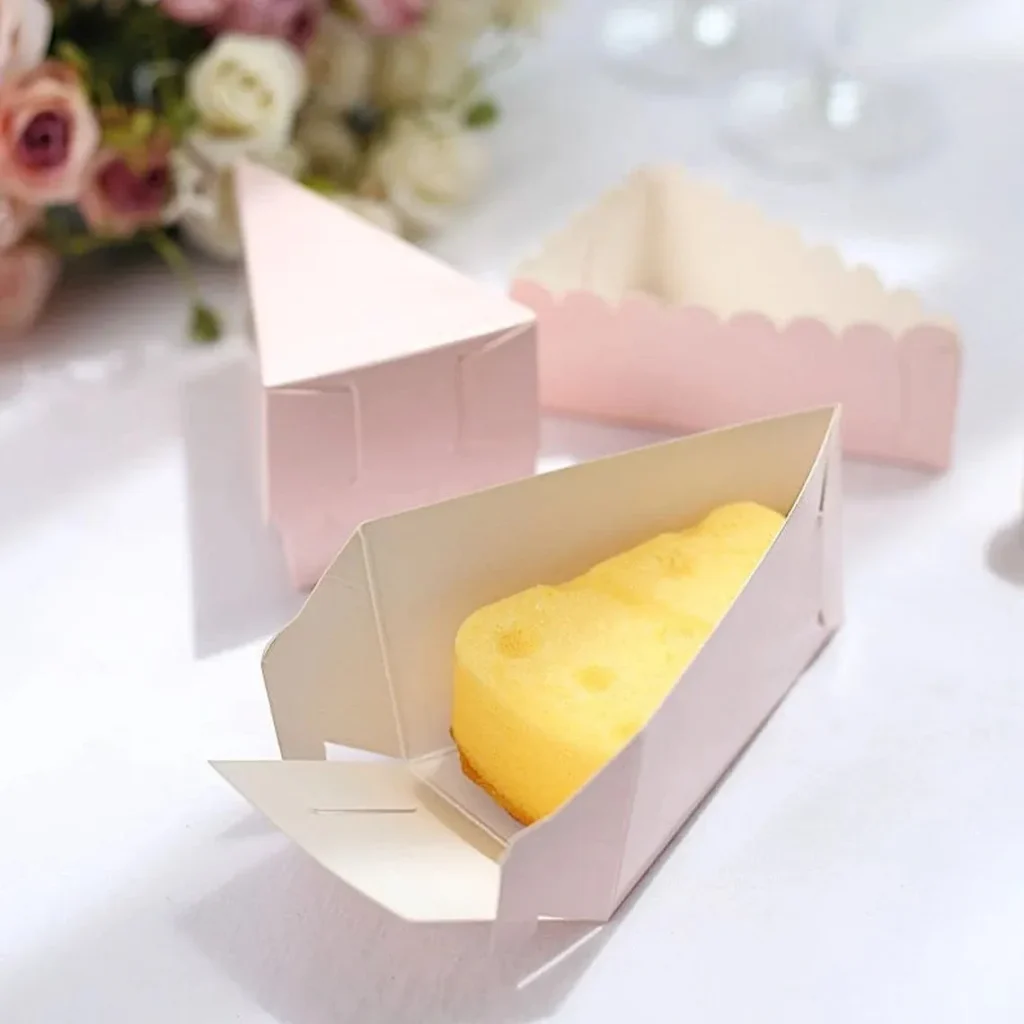
Testing and Samples
- Request samples from the supplier to test the quality and functionality of the packaging before placing a large order. This helps avoid issues with size, durability, or material safety.
Lead Time and Delivery
- Confirm the production and delivery timeline with your supplier. Ensure that the supplier can meet your deadlines, especially if you have seasonal demand or limited shelf life for your products.

Food Packaging - FAQ
Food packaging materials include food-grade cardboard, plastic, aluminum, glass, and biodegradable materials. Each material serves a specific purpose, such as plastic for flexibility, glass for durability, and cardboard for eco-friendliness.
Consider the type of food (perishable, dry, or liquid), its storage conditions (room temperature, refrigerated, or frozen), and how it will be transported. Packaging should protect the product from contamination, maintain freshness, and be easy for consumers to use.
Yes, many suppliers offer customization options such as logos, branding, colors, and design elements. Custom packaging can enhance brand visibility, make your product more appealing, and differentiate it from competitors.
Eco-friendly packaging options include materials like recycled paper, compostable plastics, biodegradable materials, and reusable containers. These options help reduce environmental impact and appeal to eco-conscious consumers.
Food packaging should offer protection, freshness preservation, and ease of use. Important features include resealable closures, tamper-evident seals, microwave or freezer compatibility, and clear labeling for safety and convenience.

